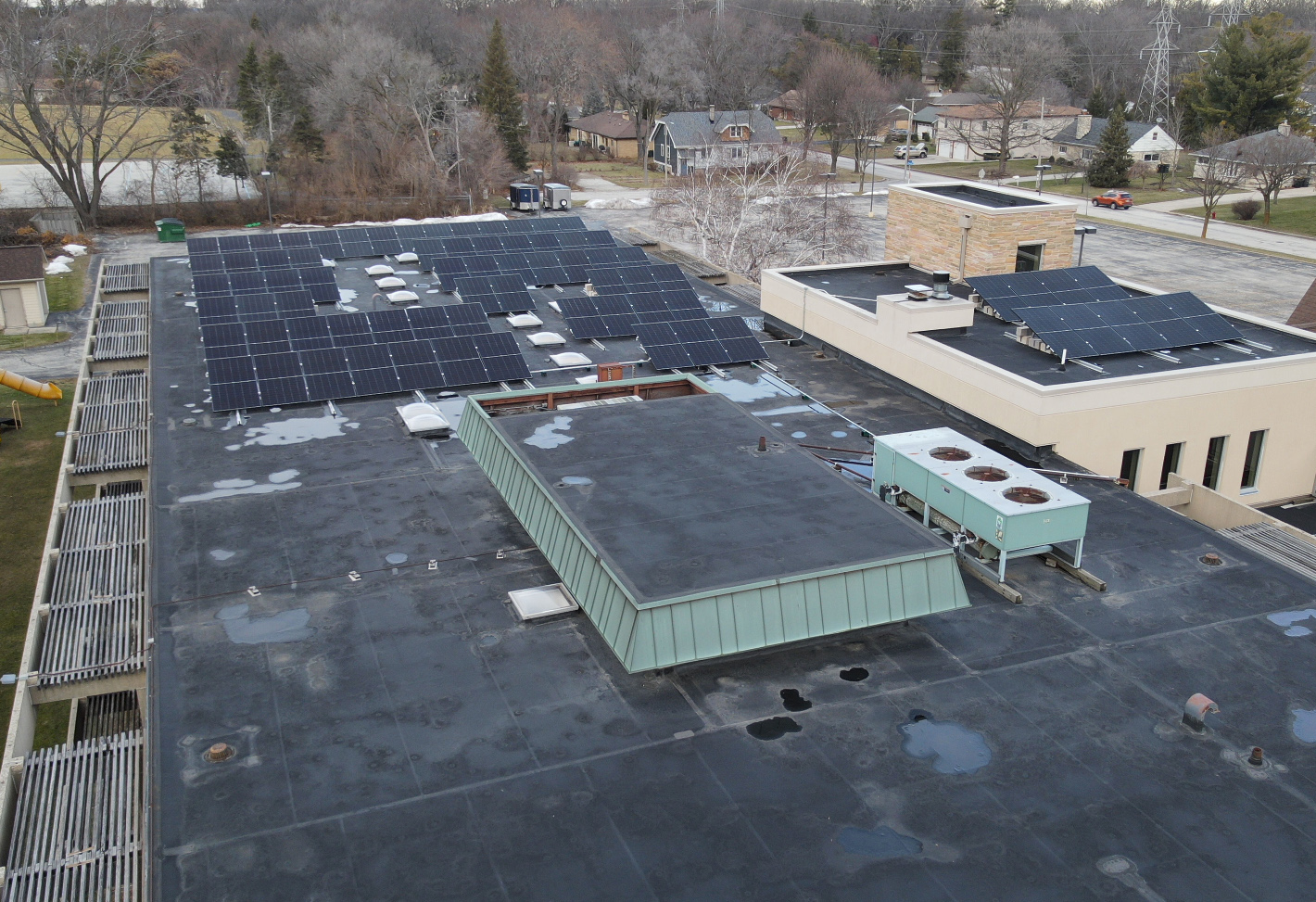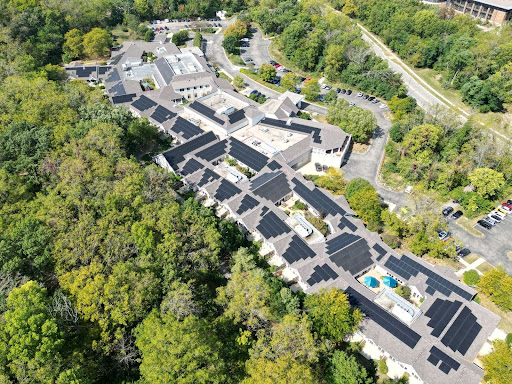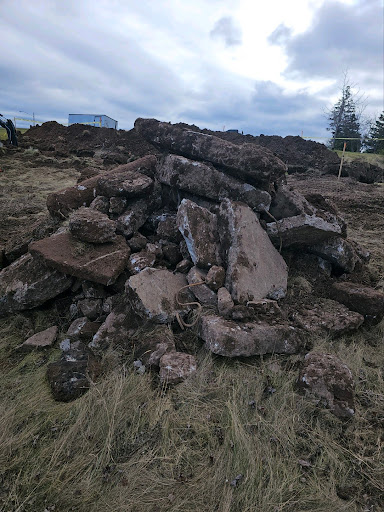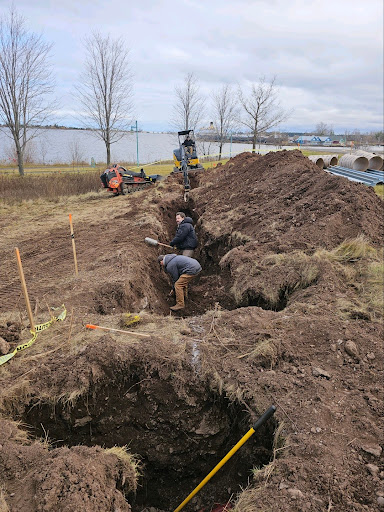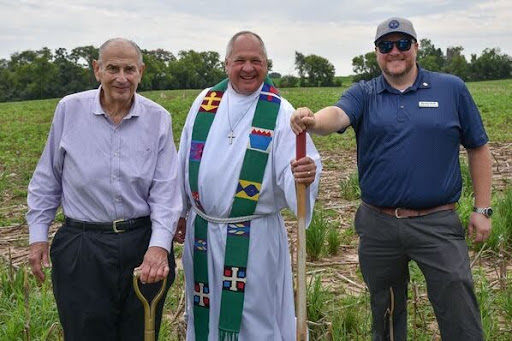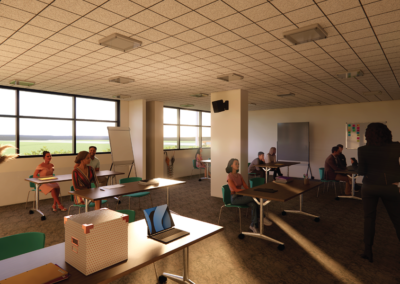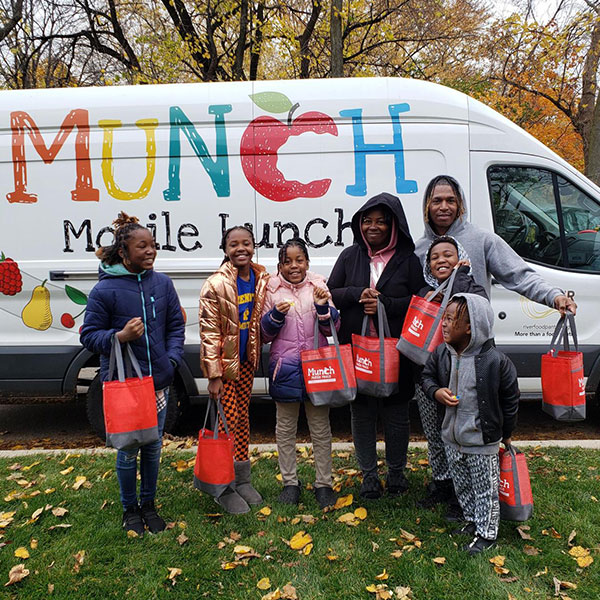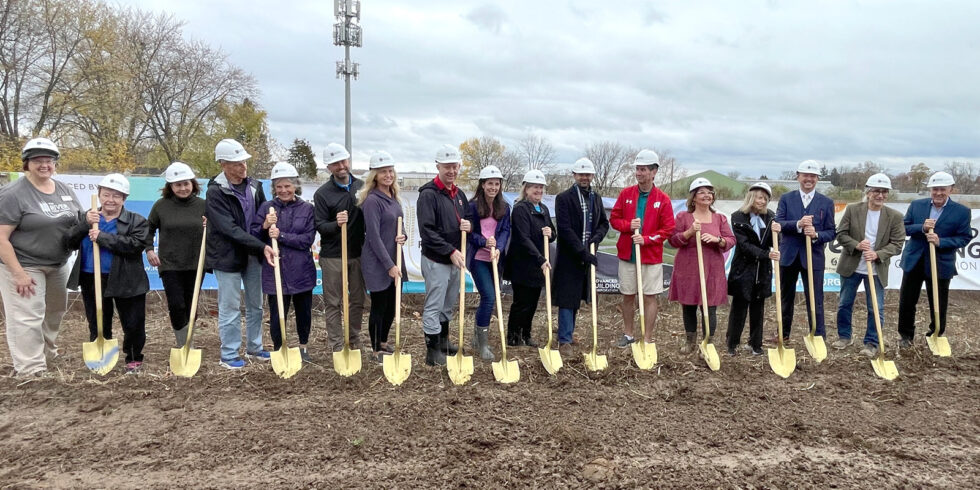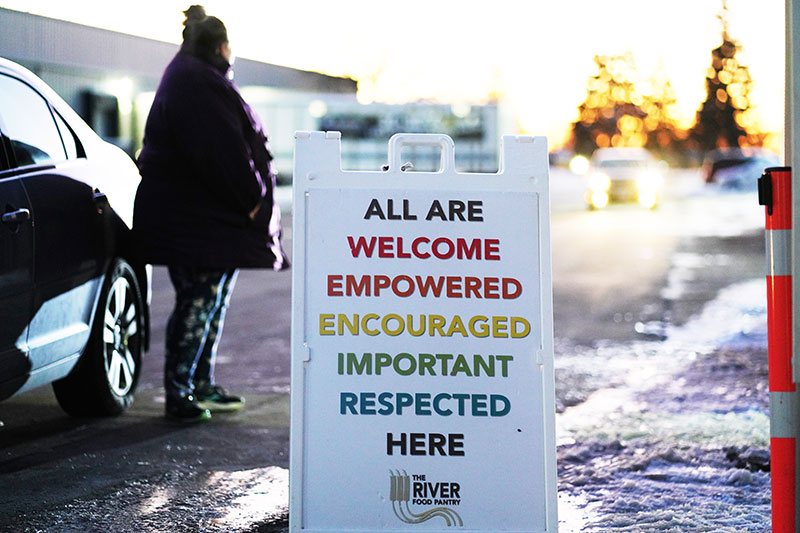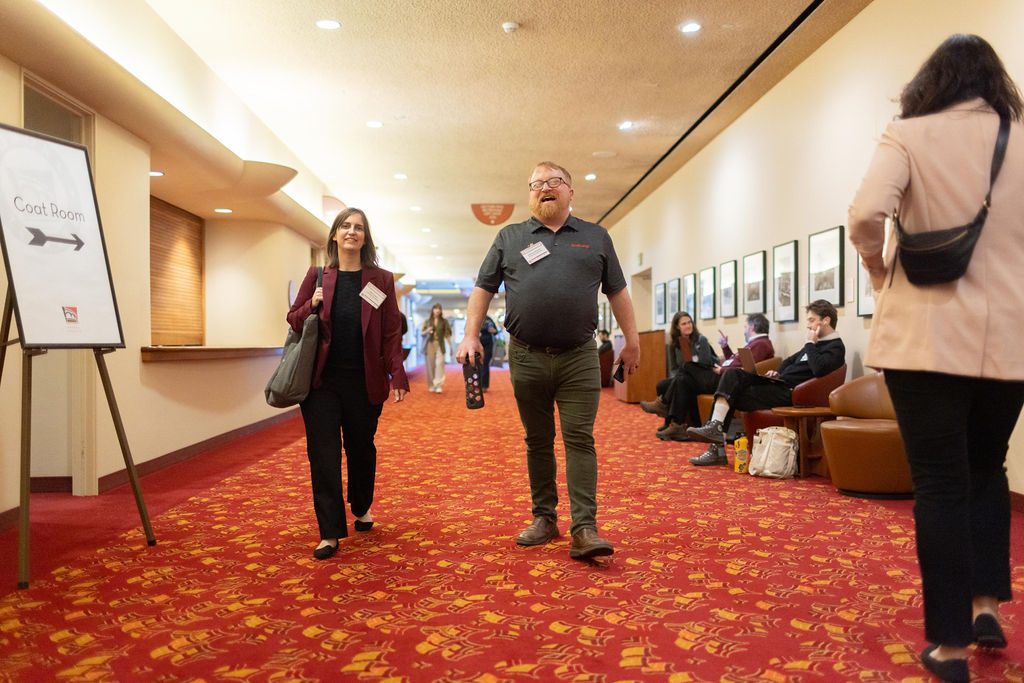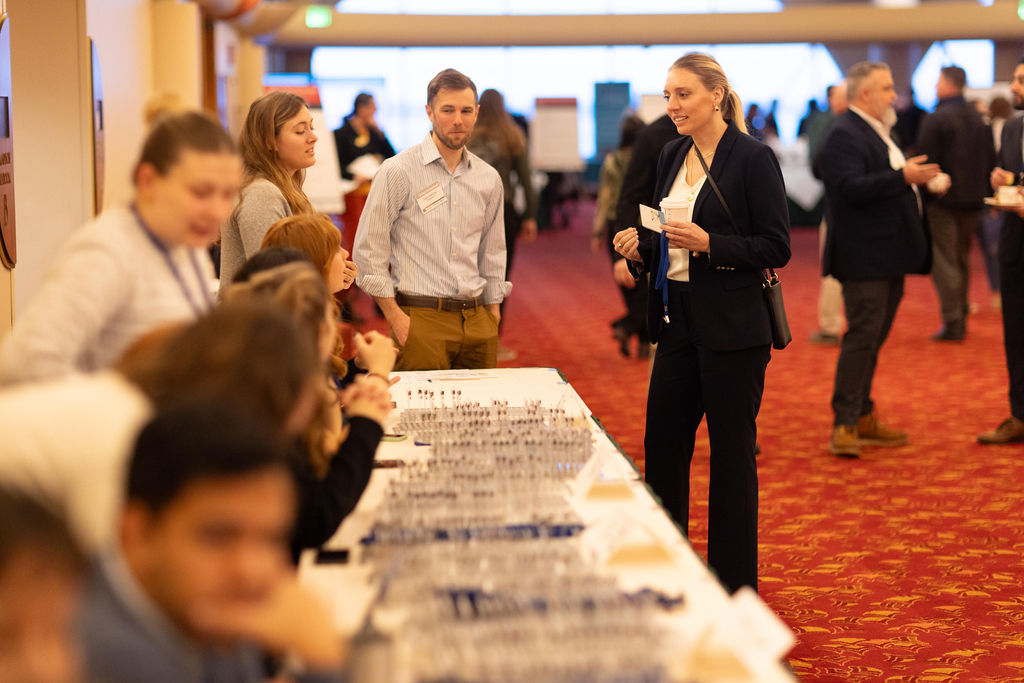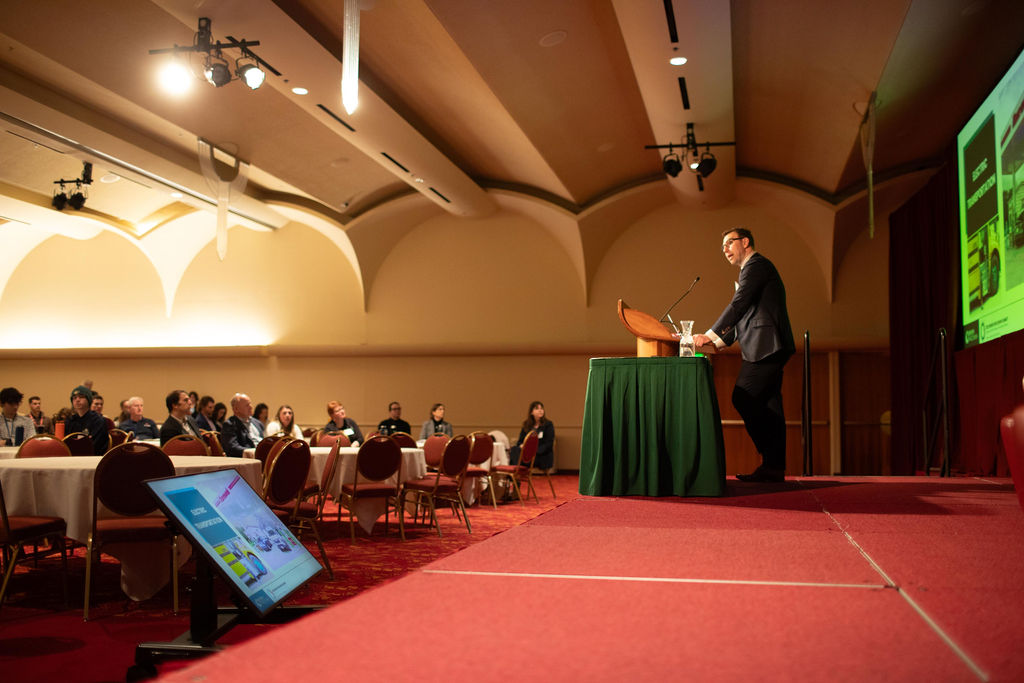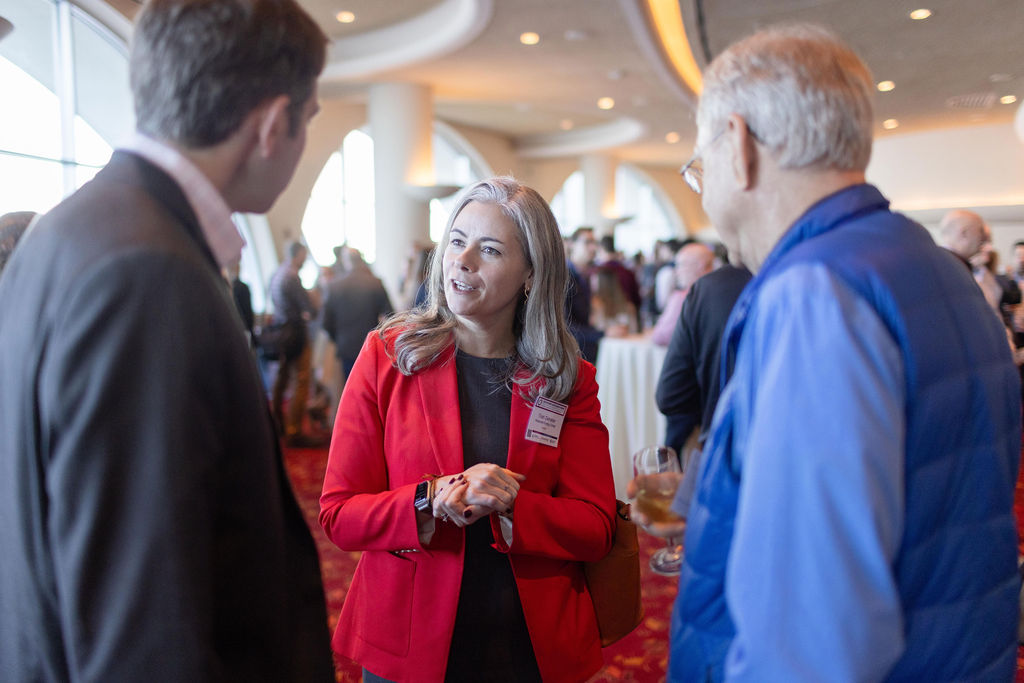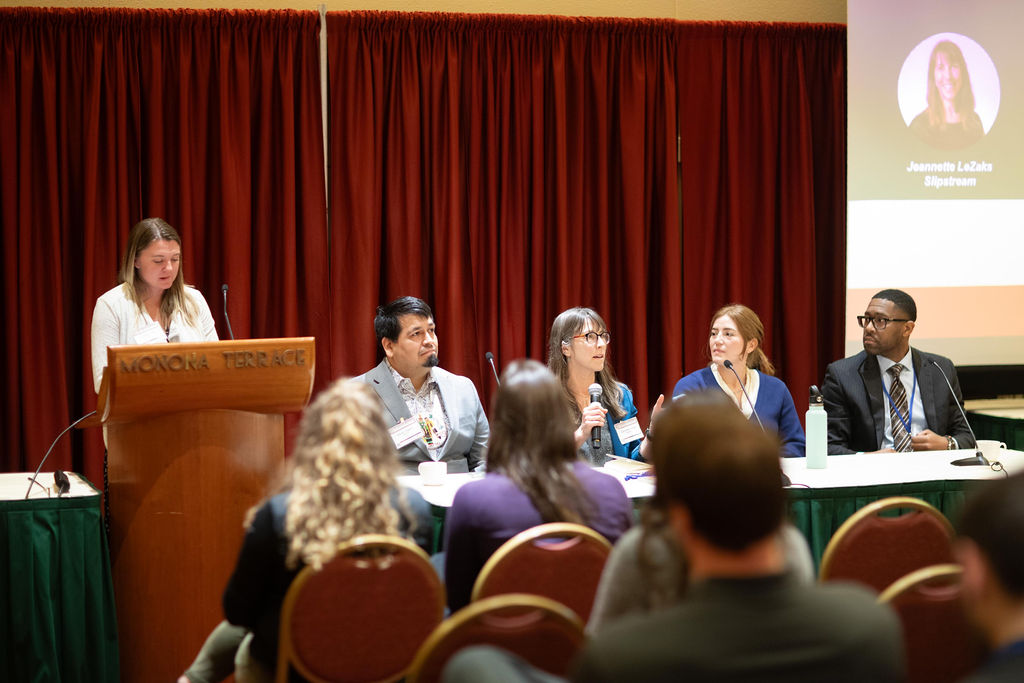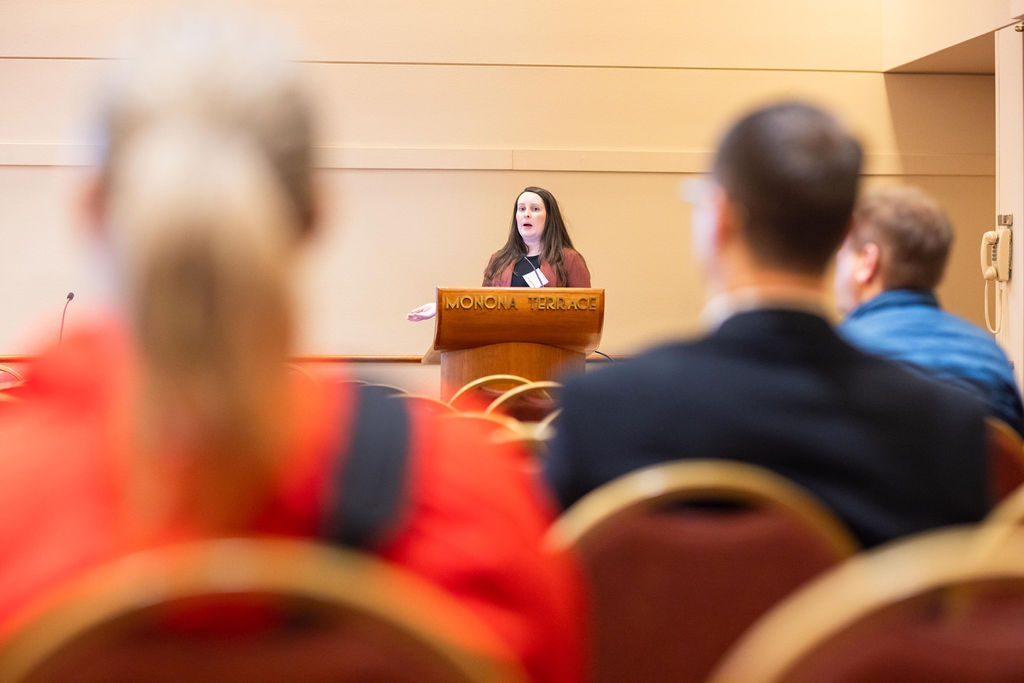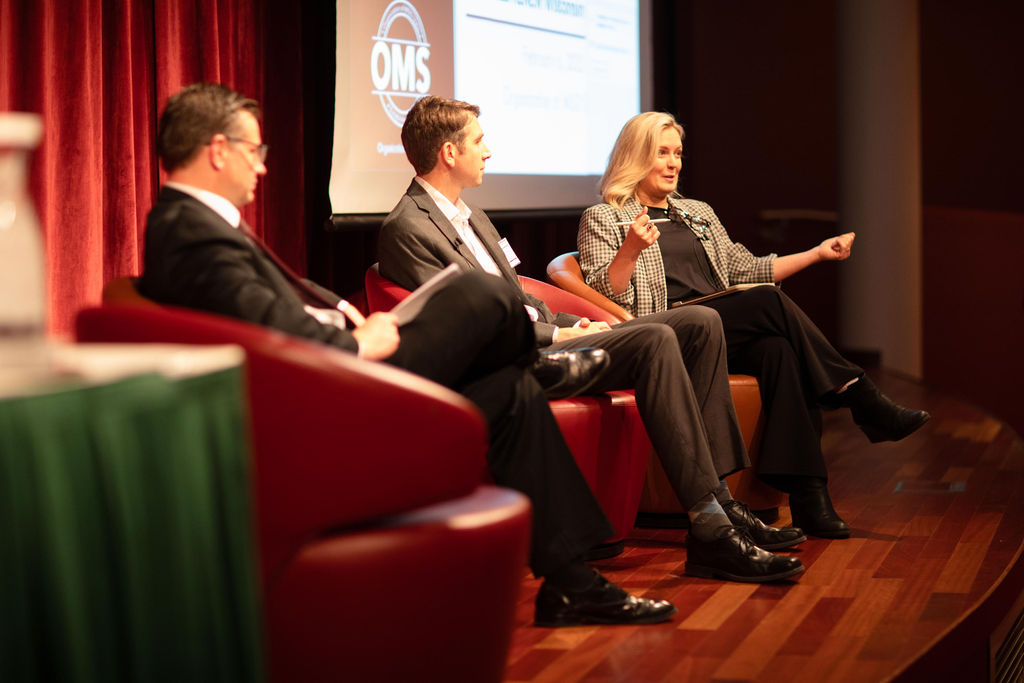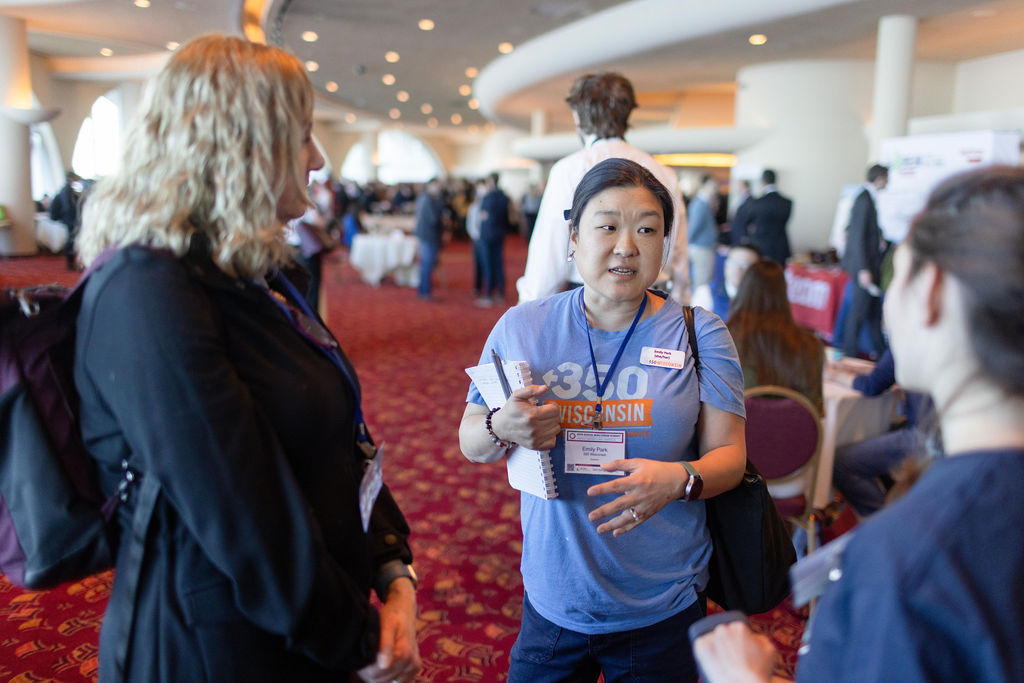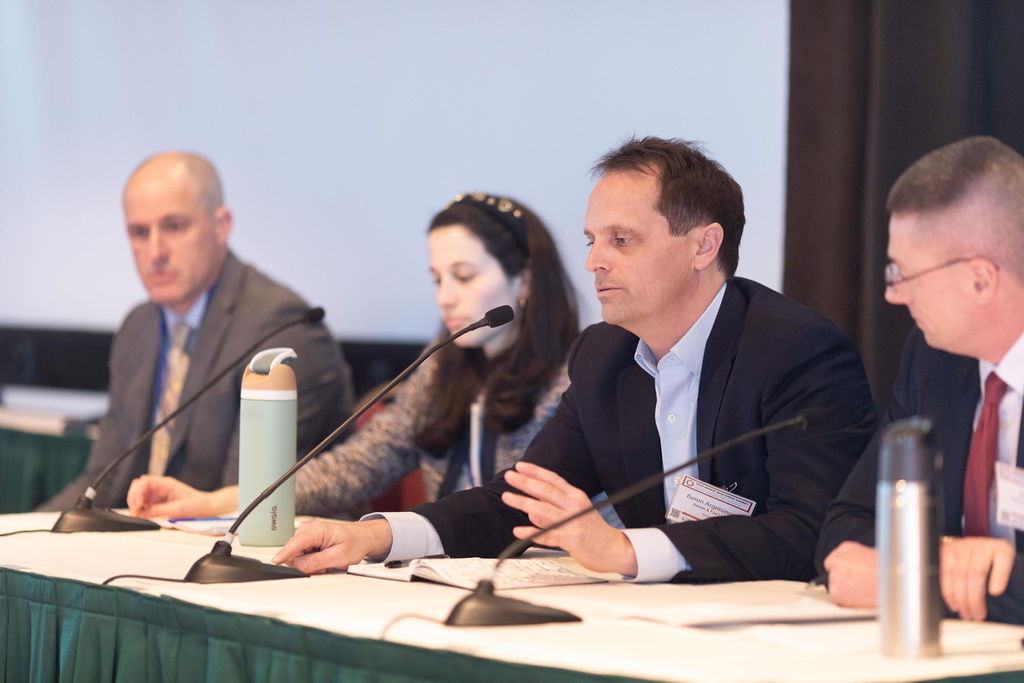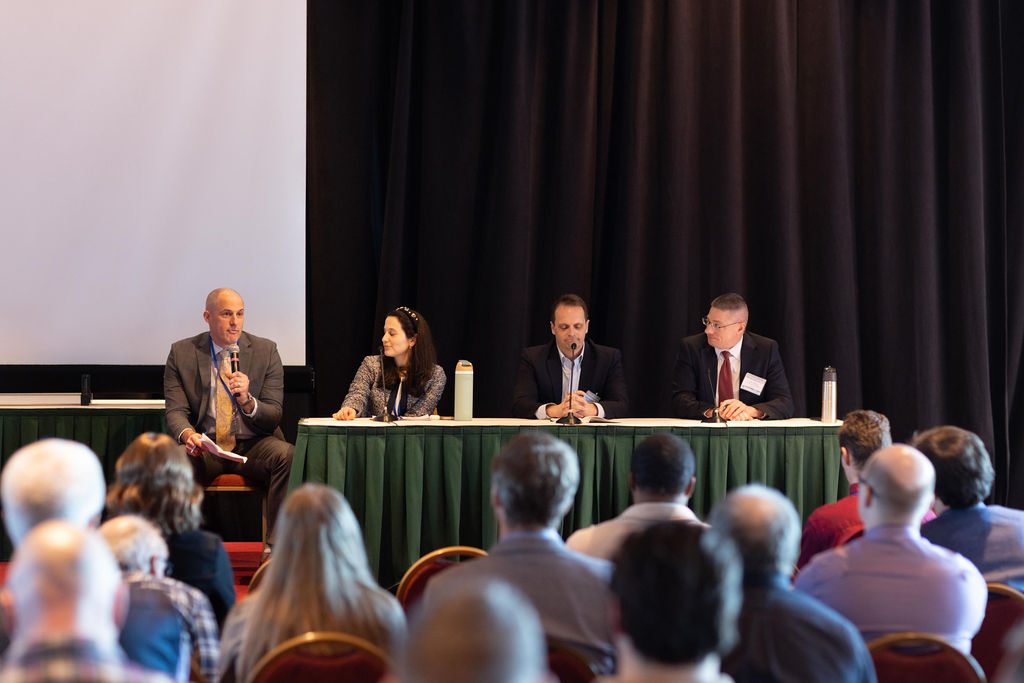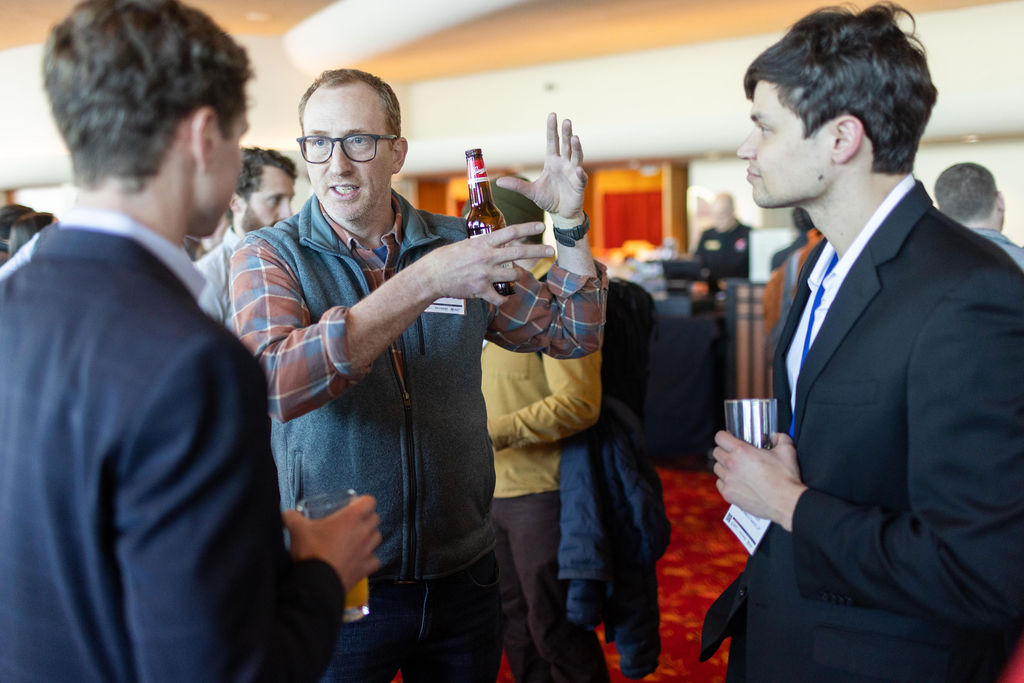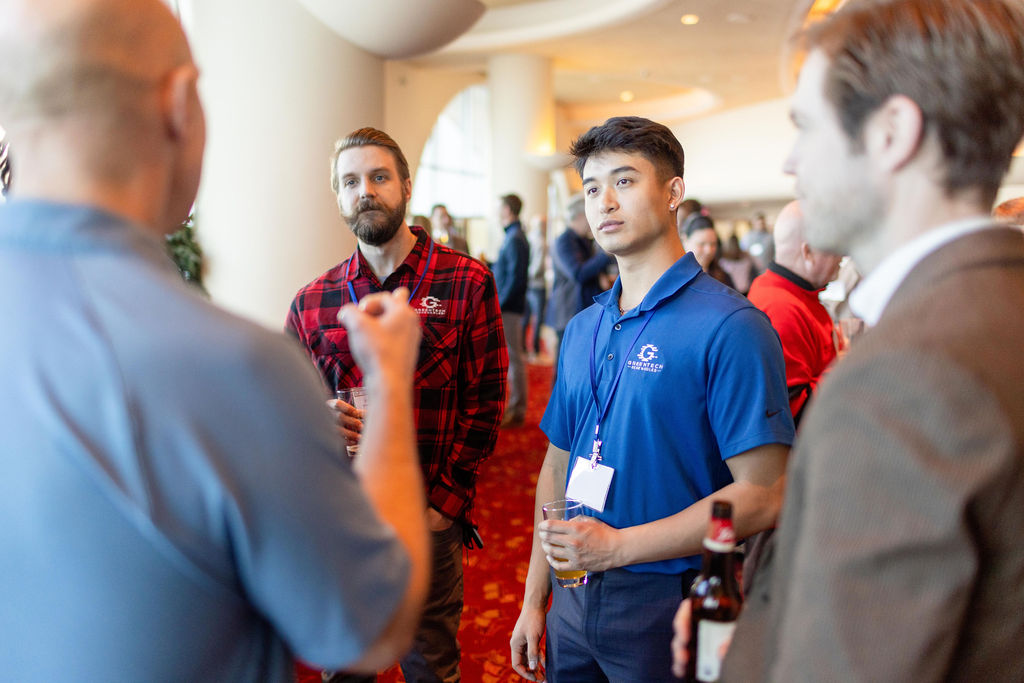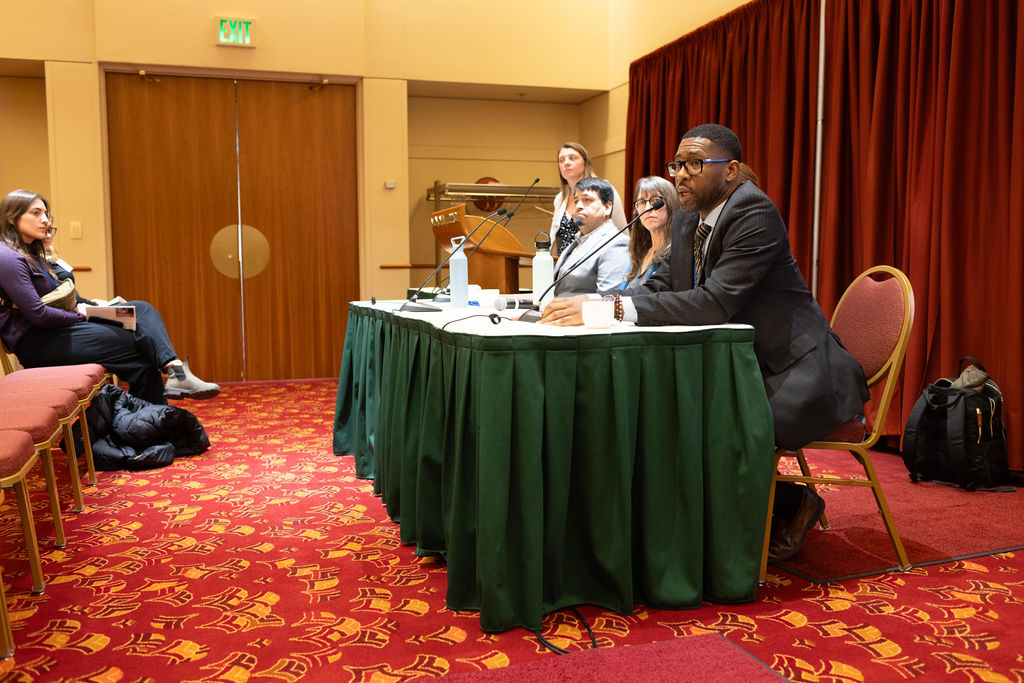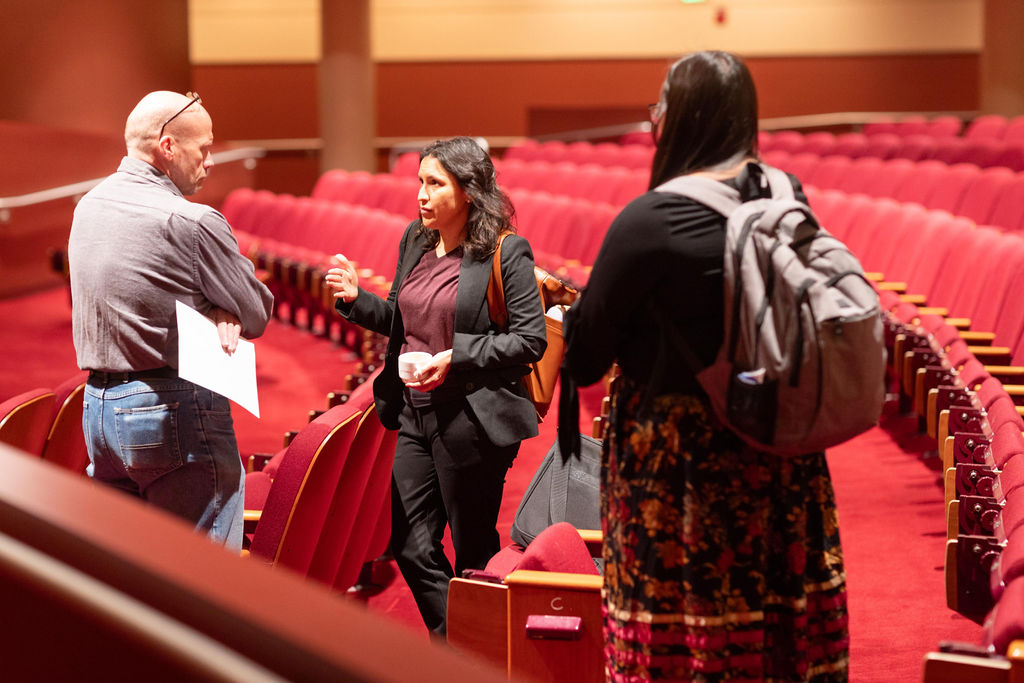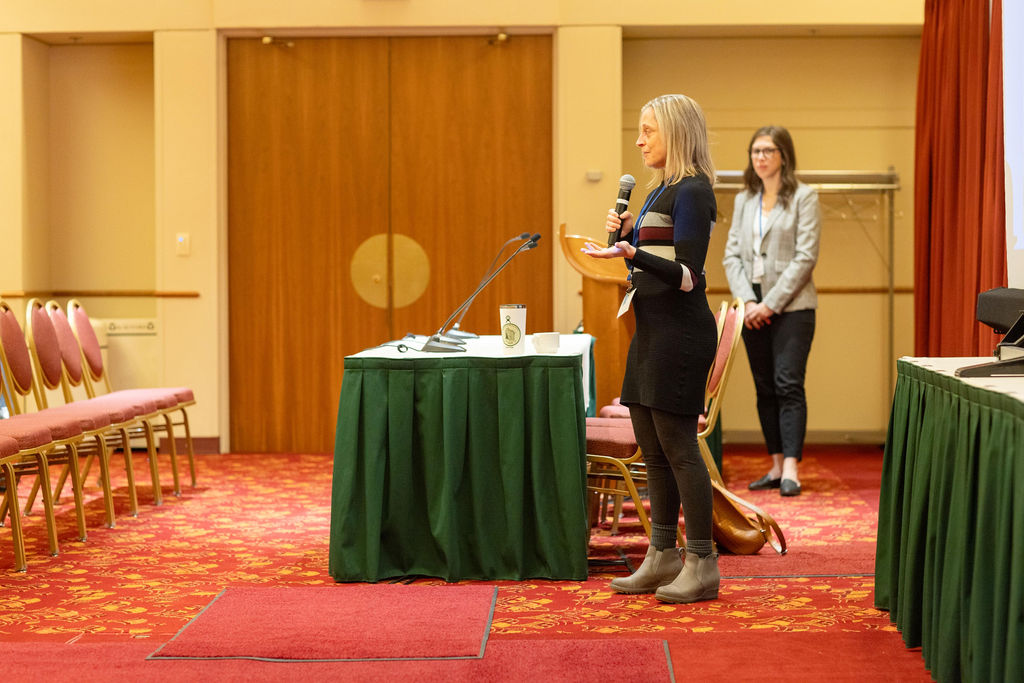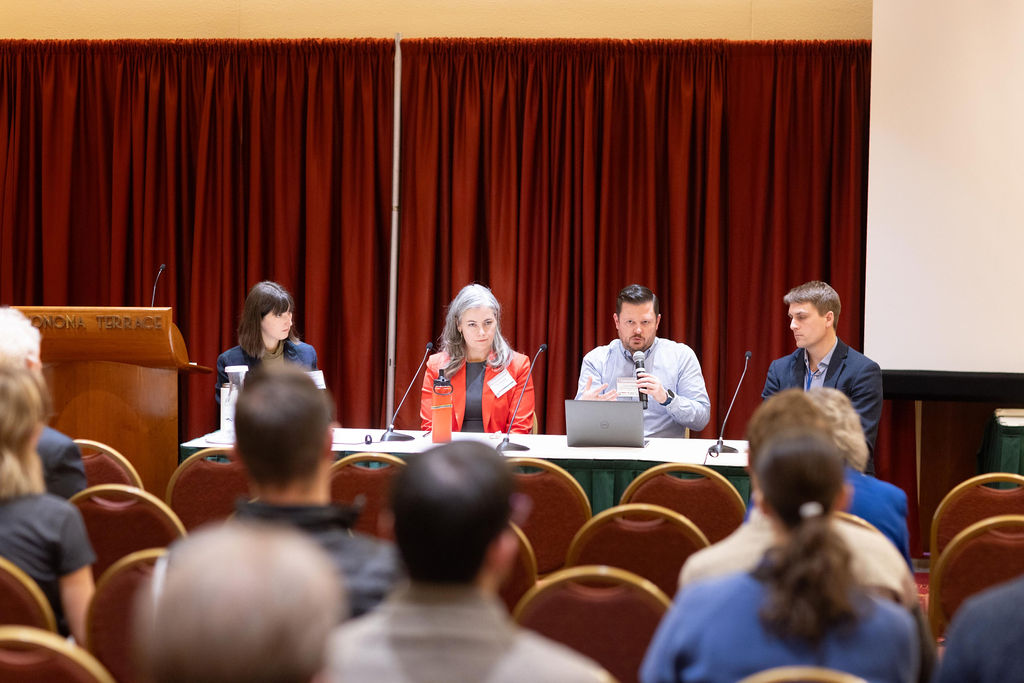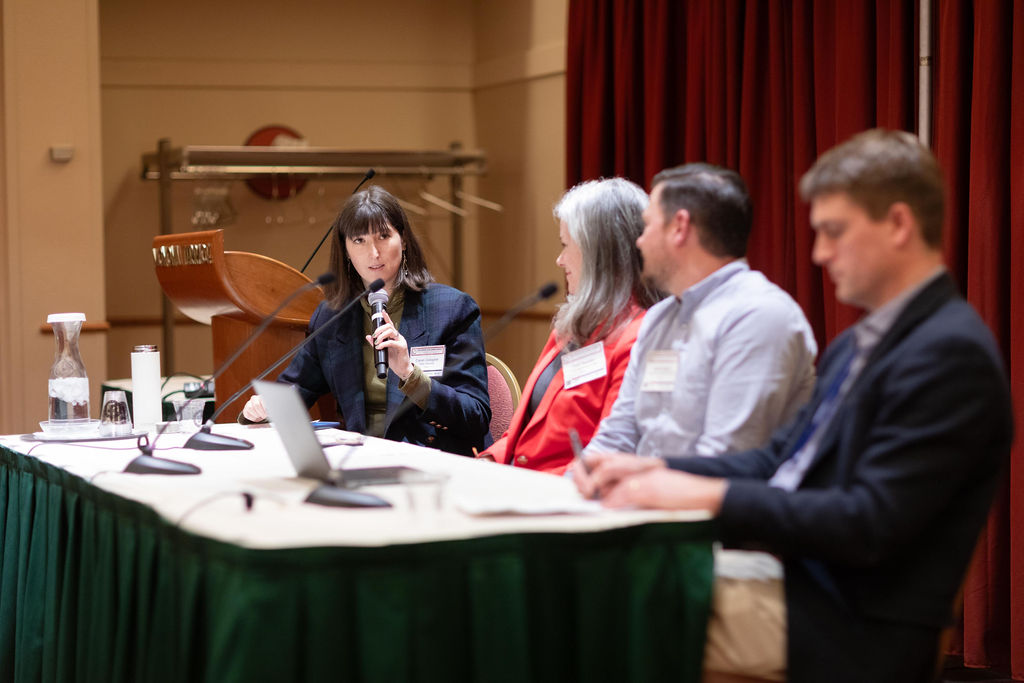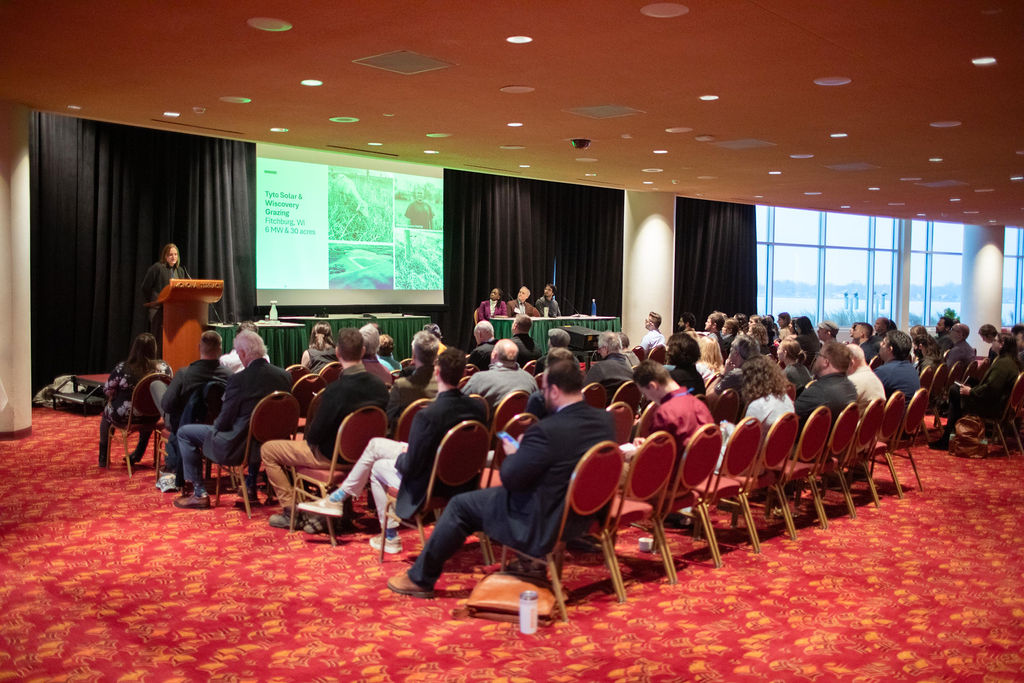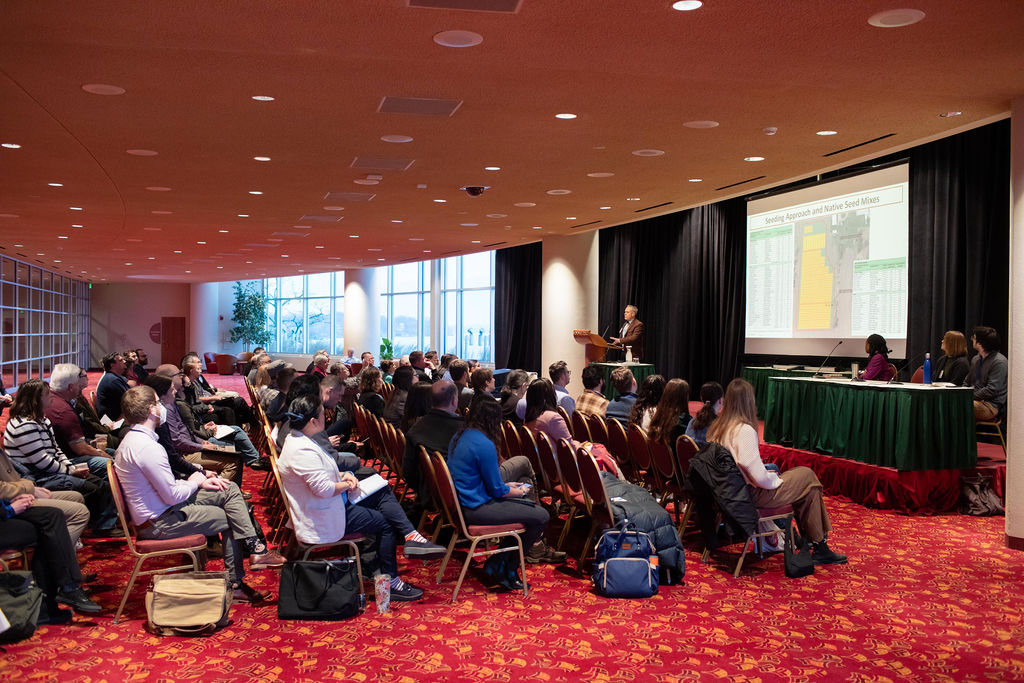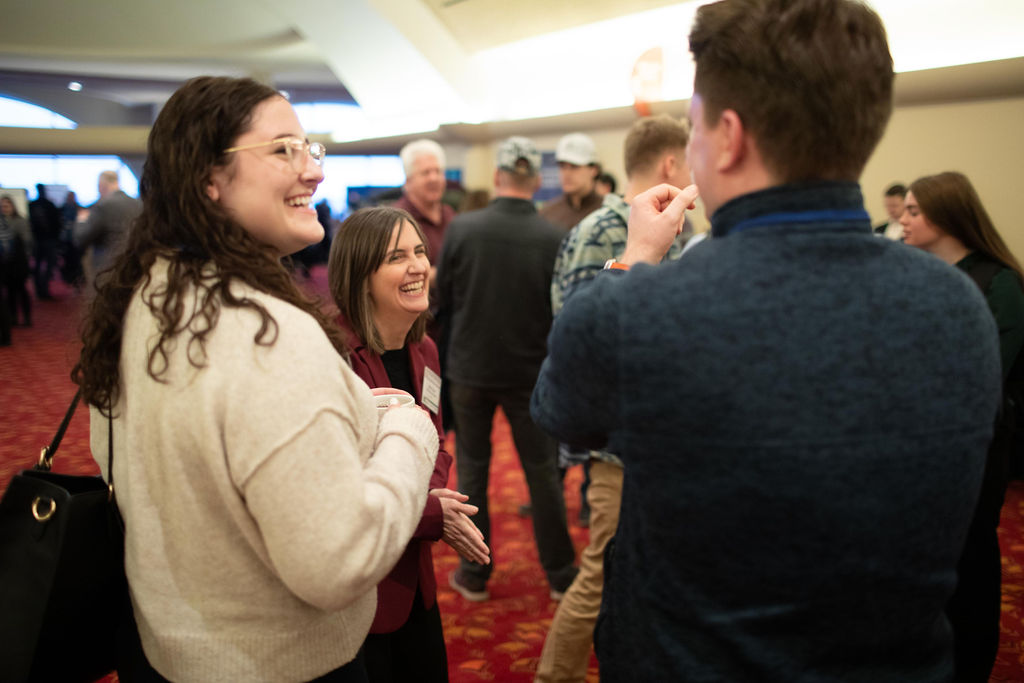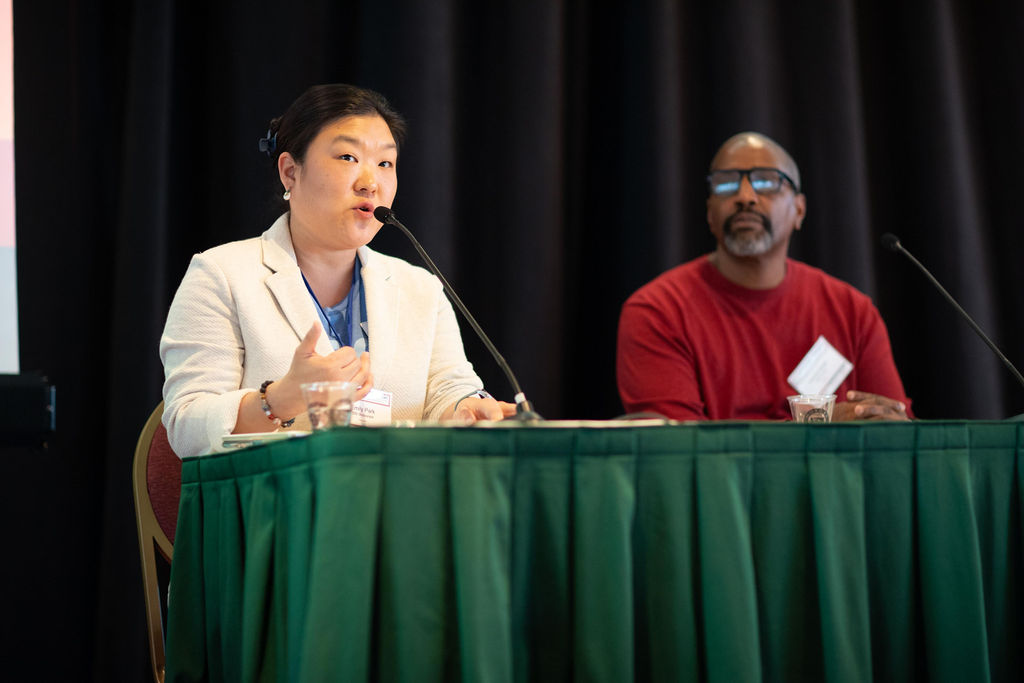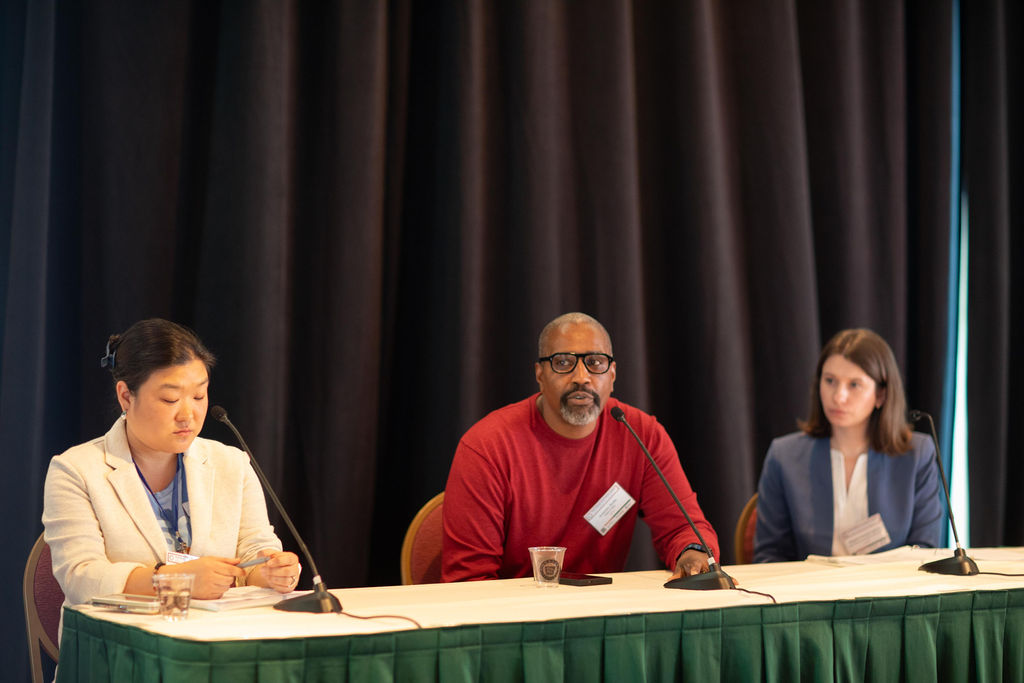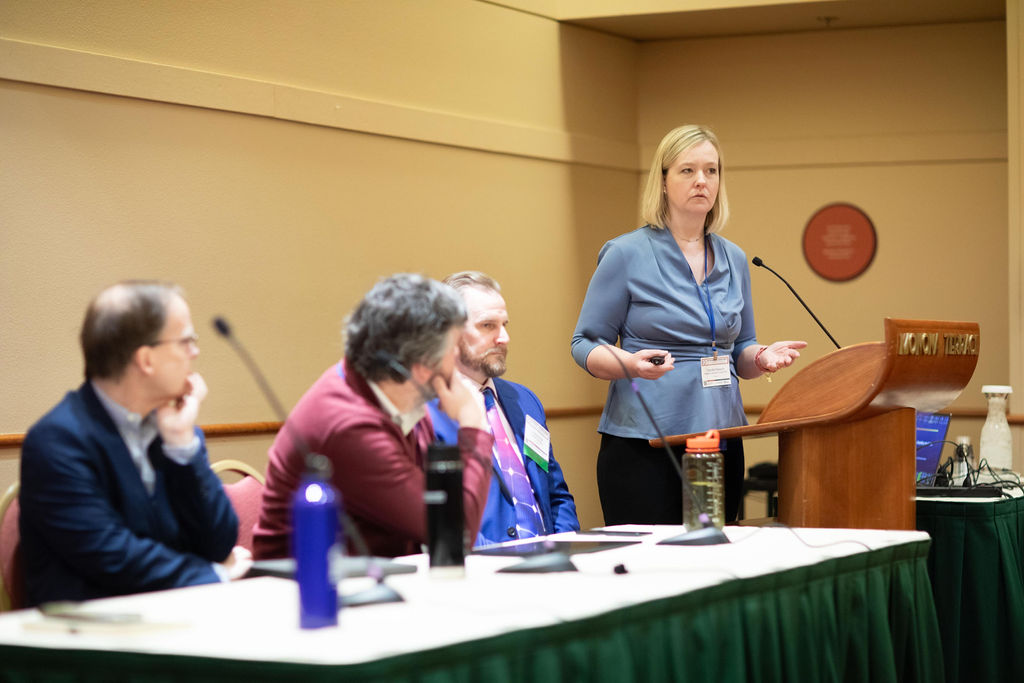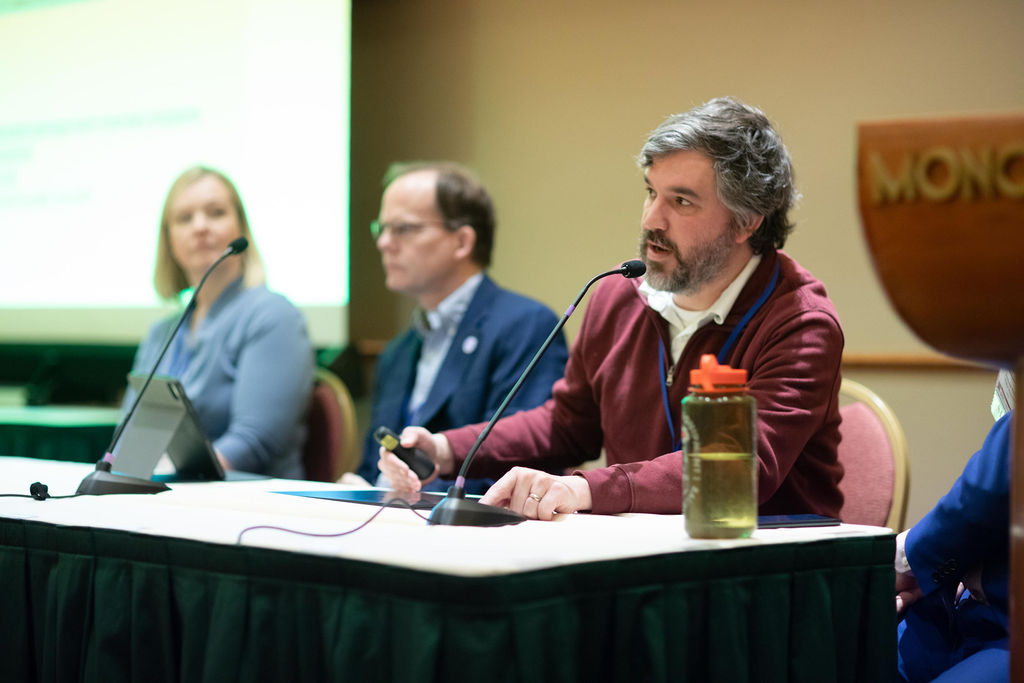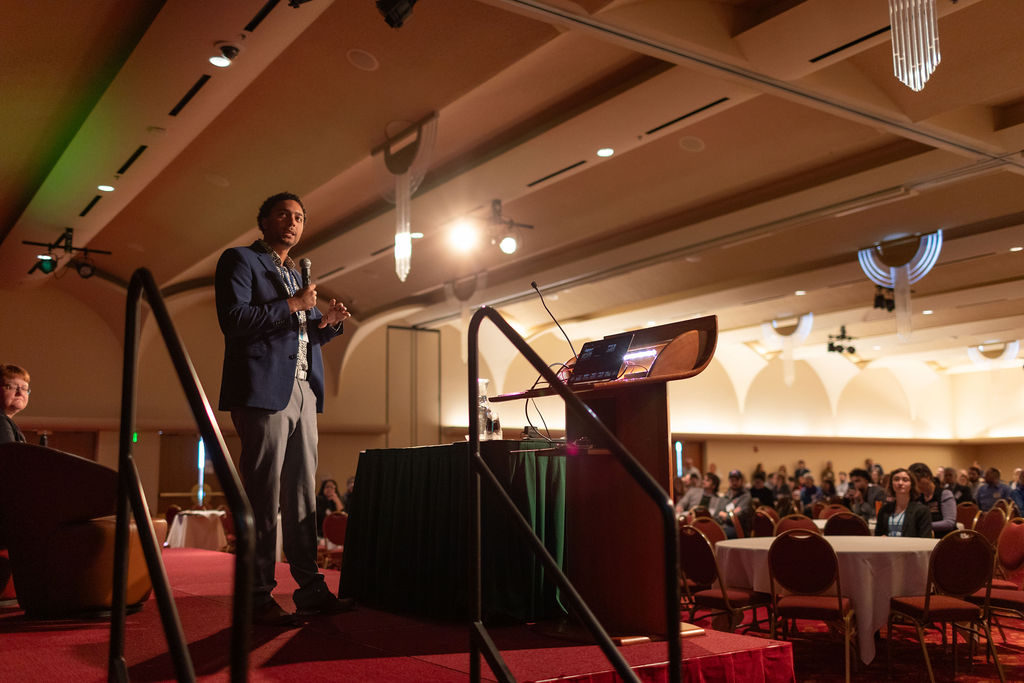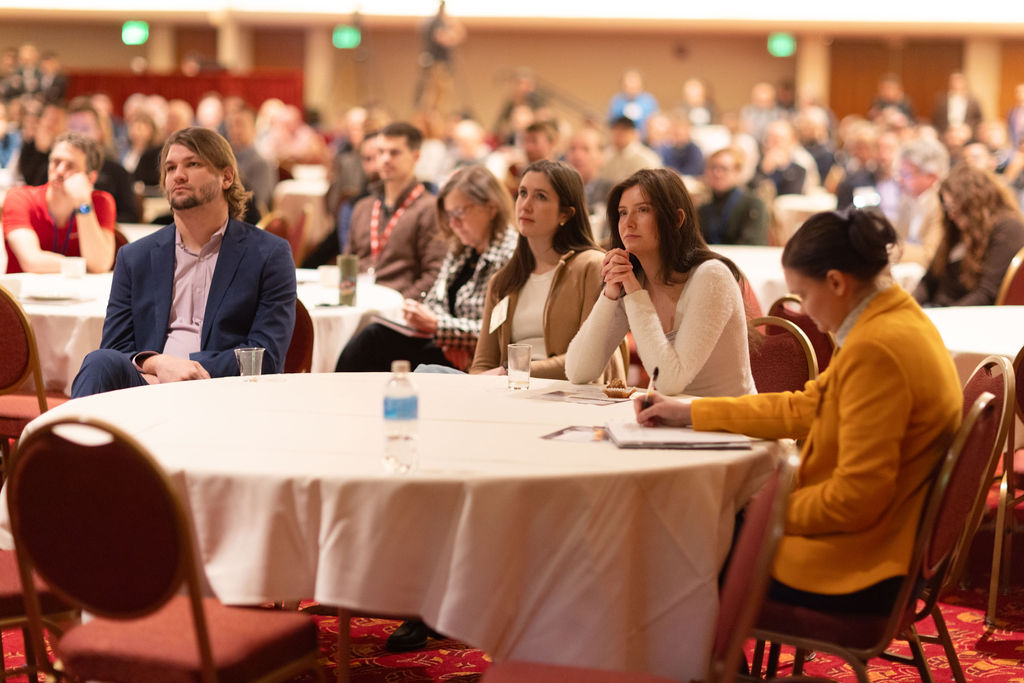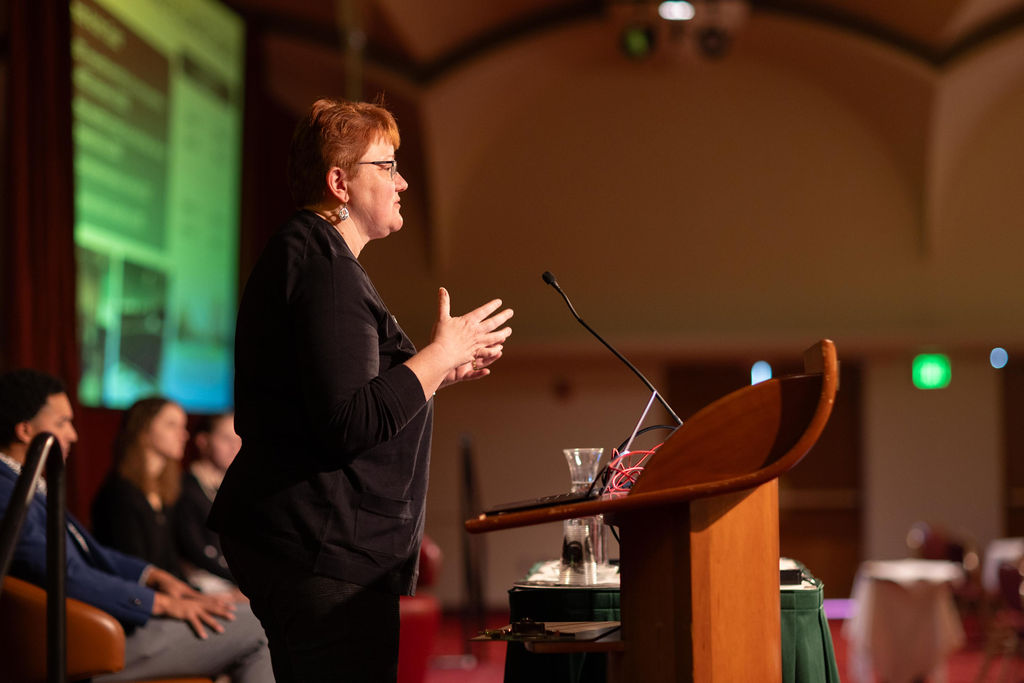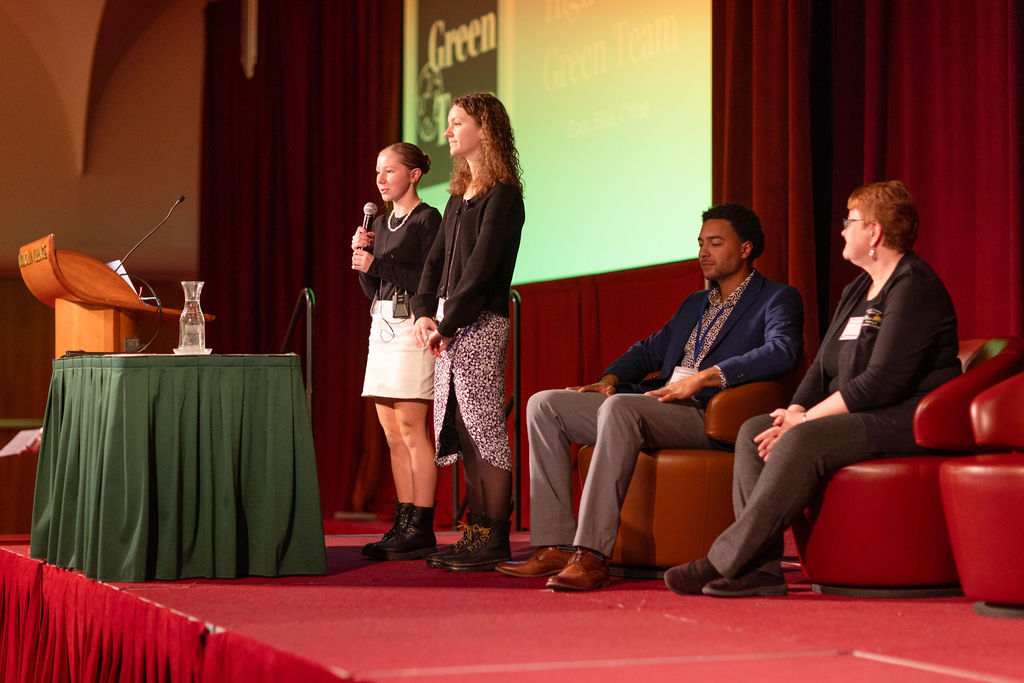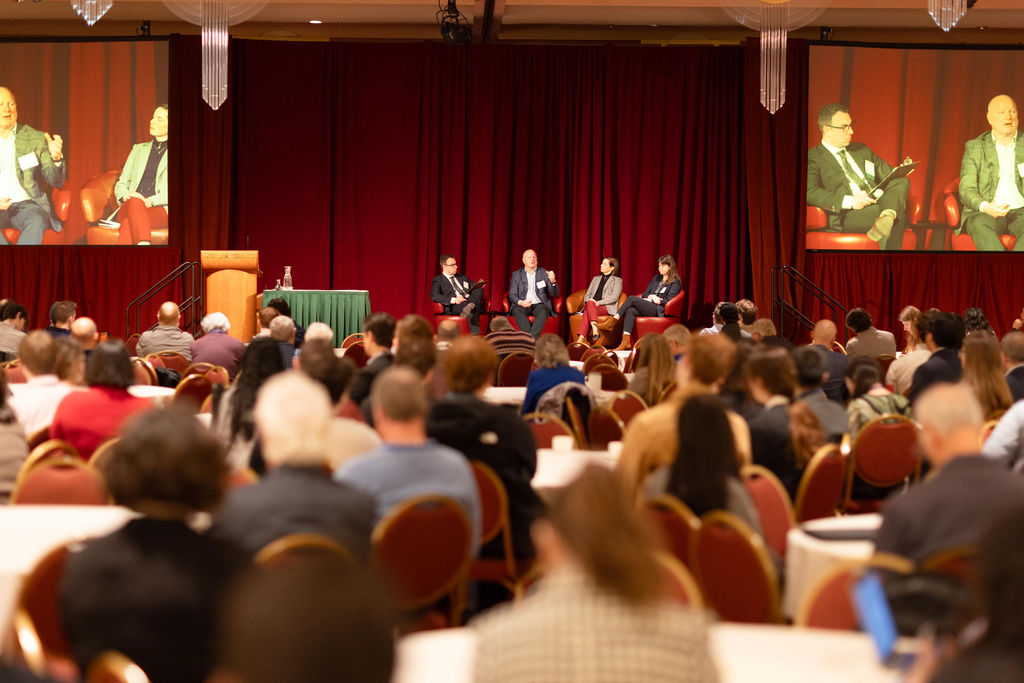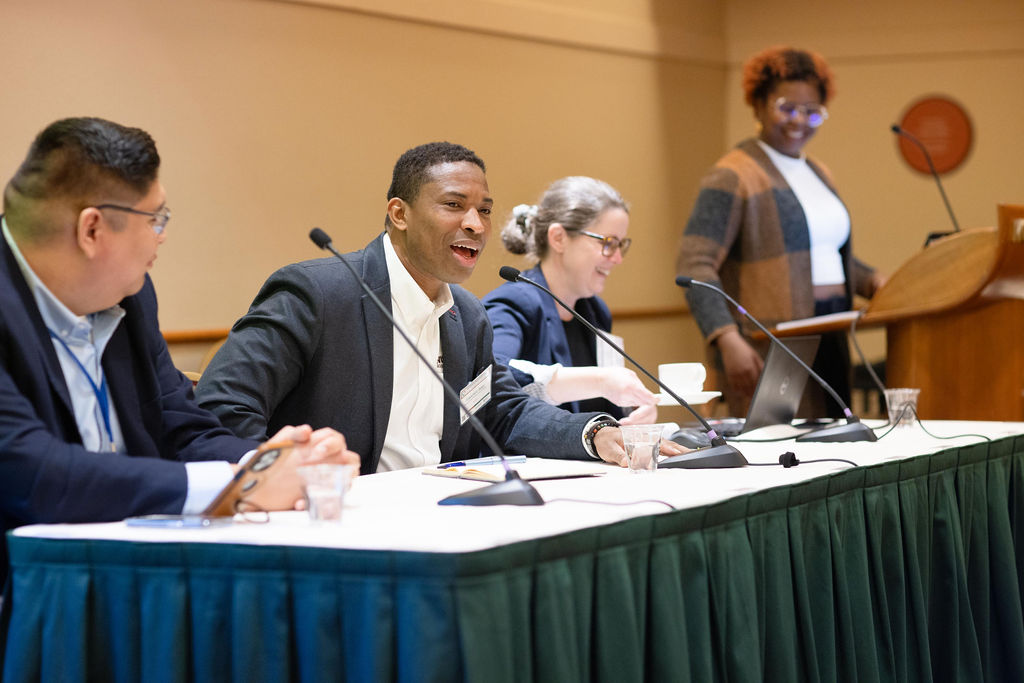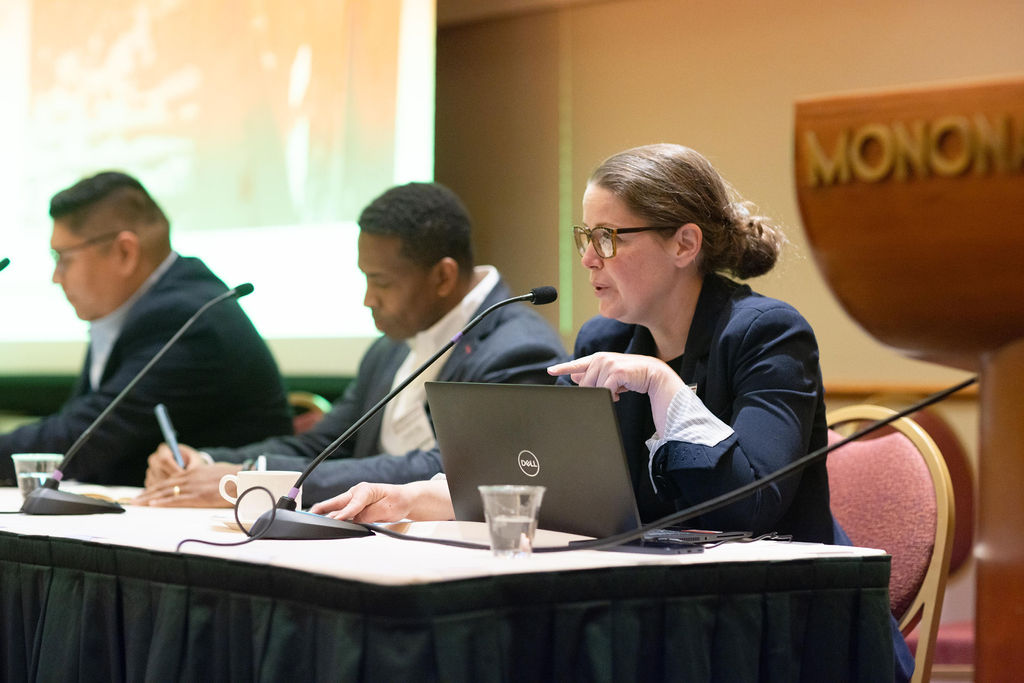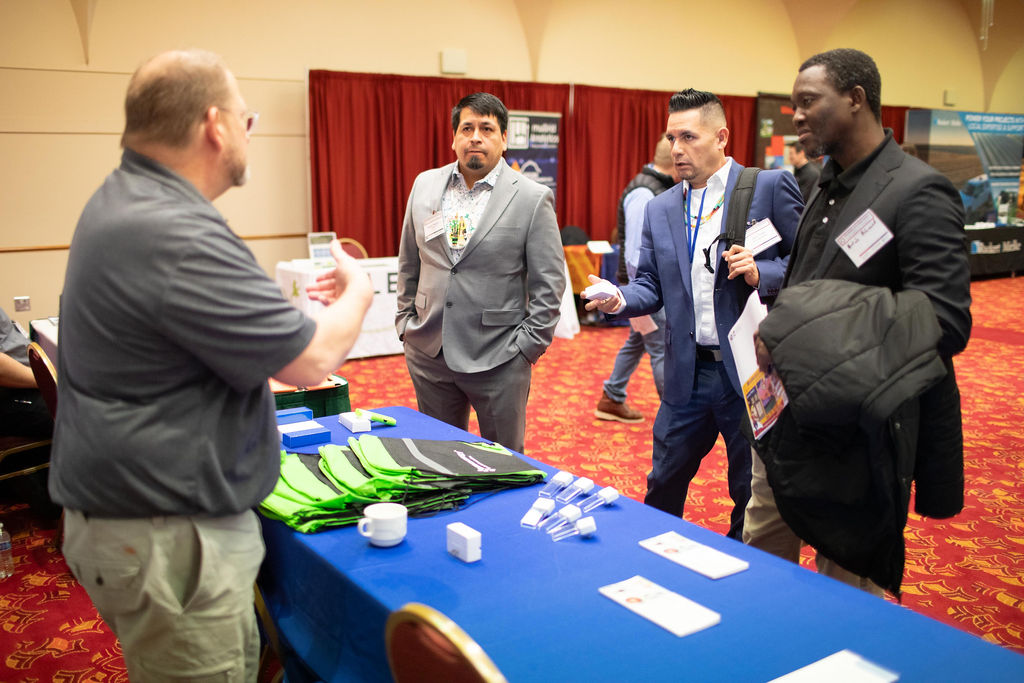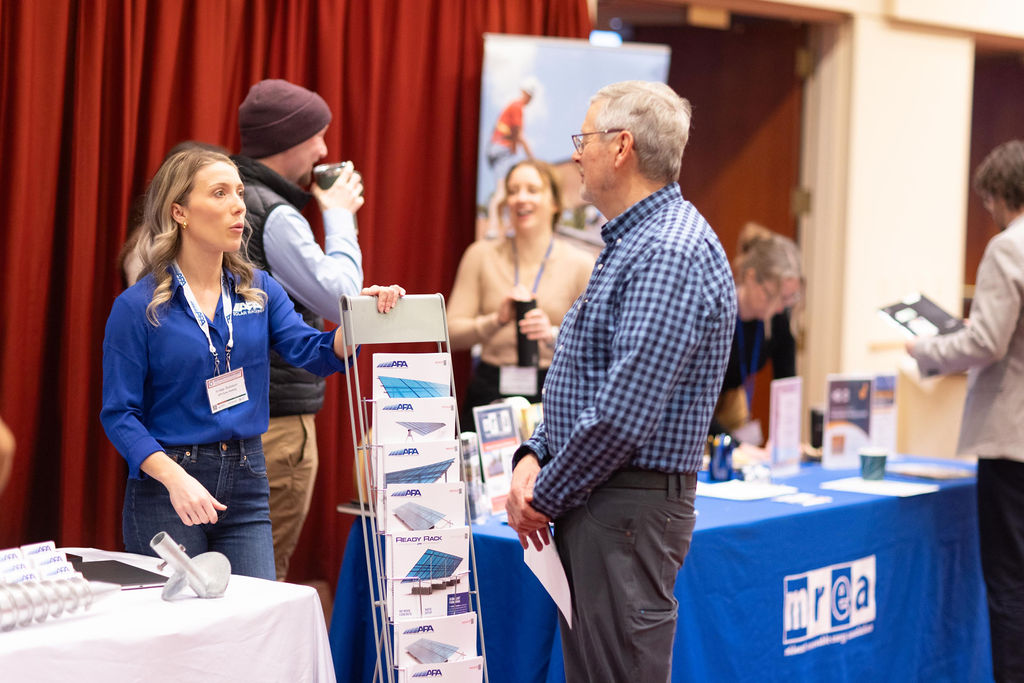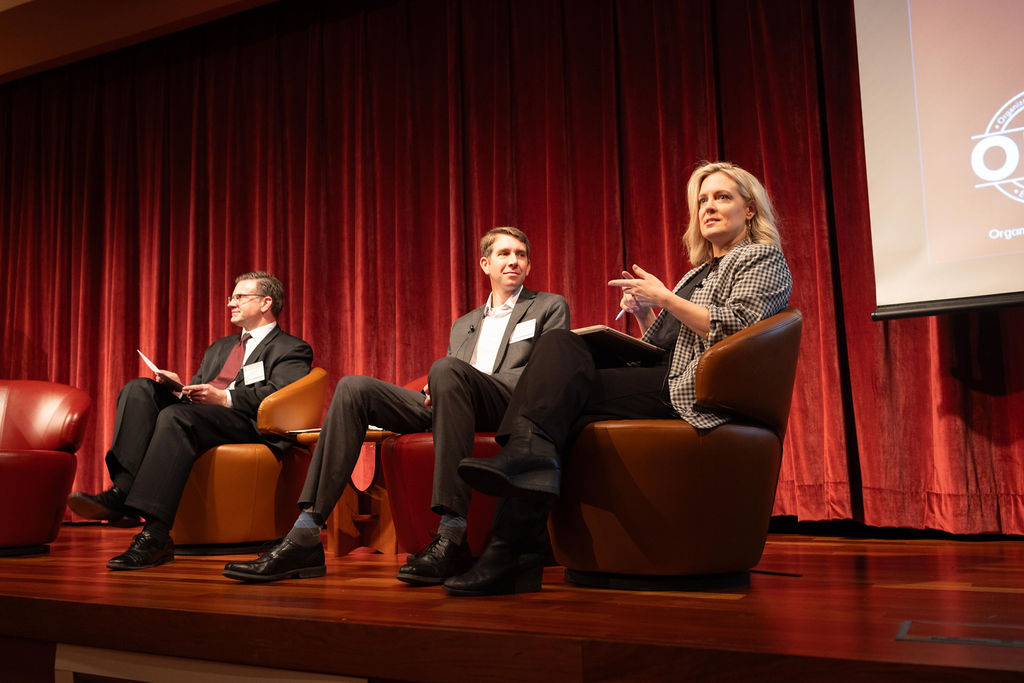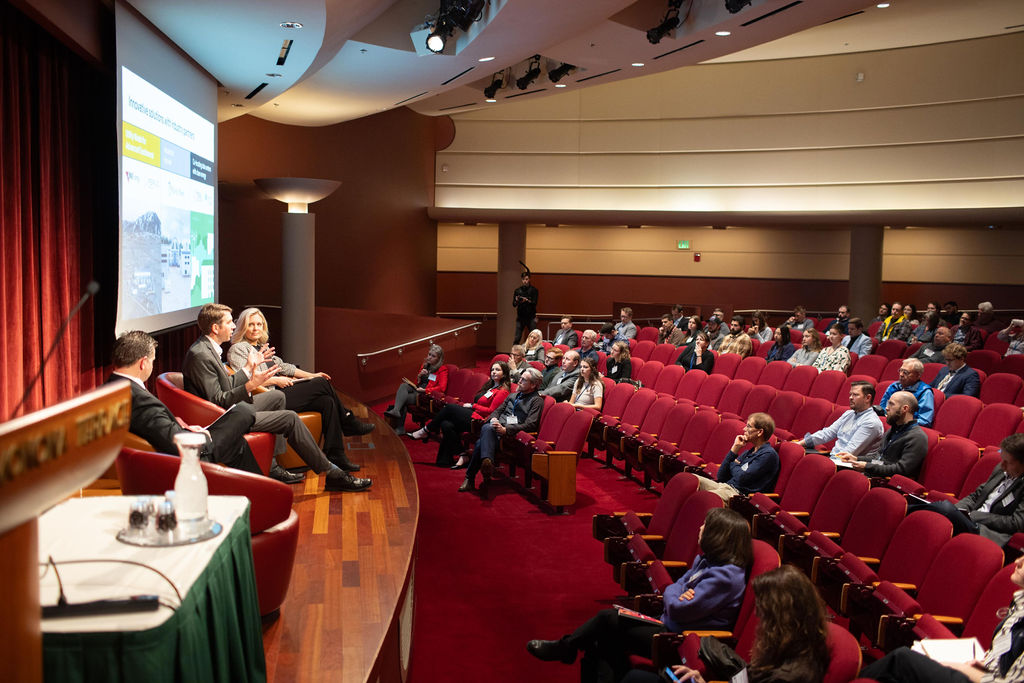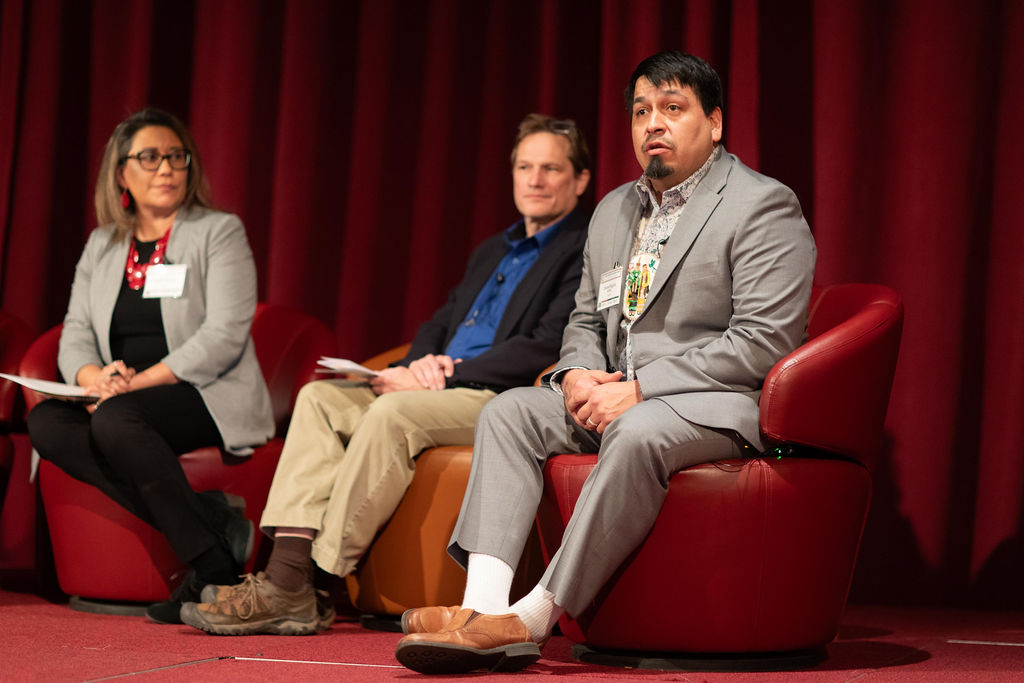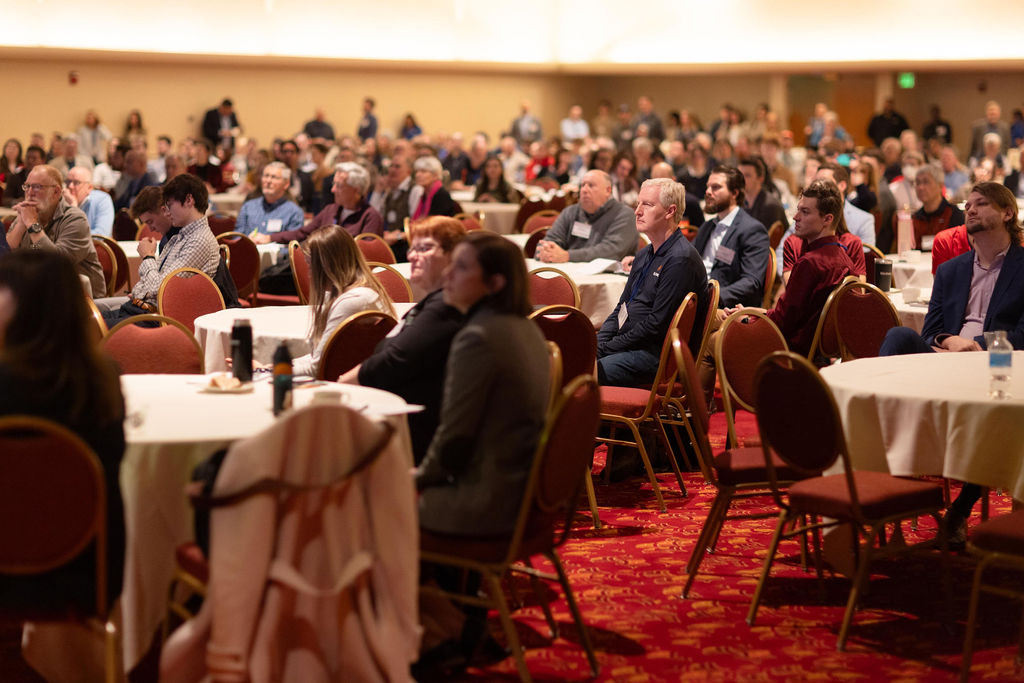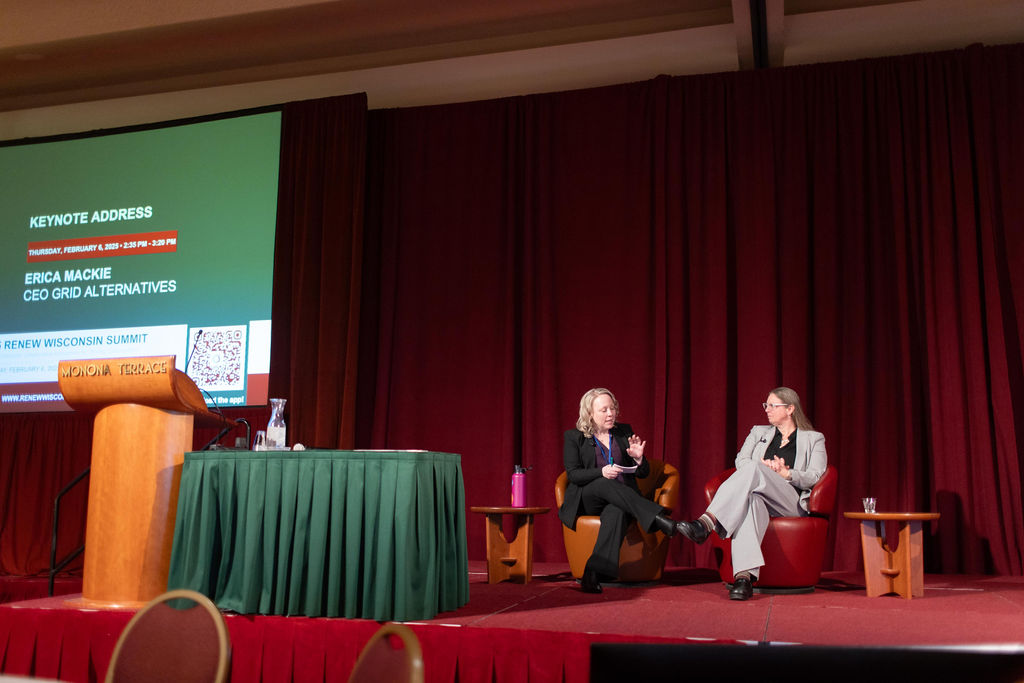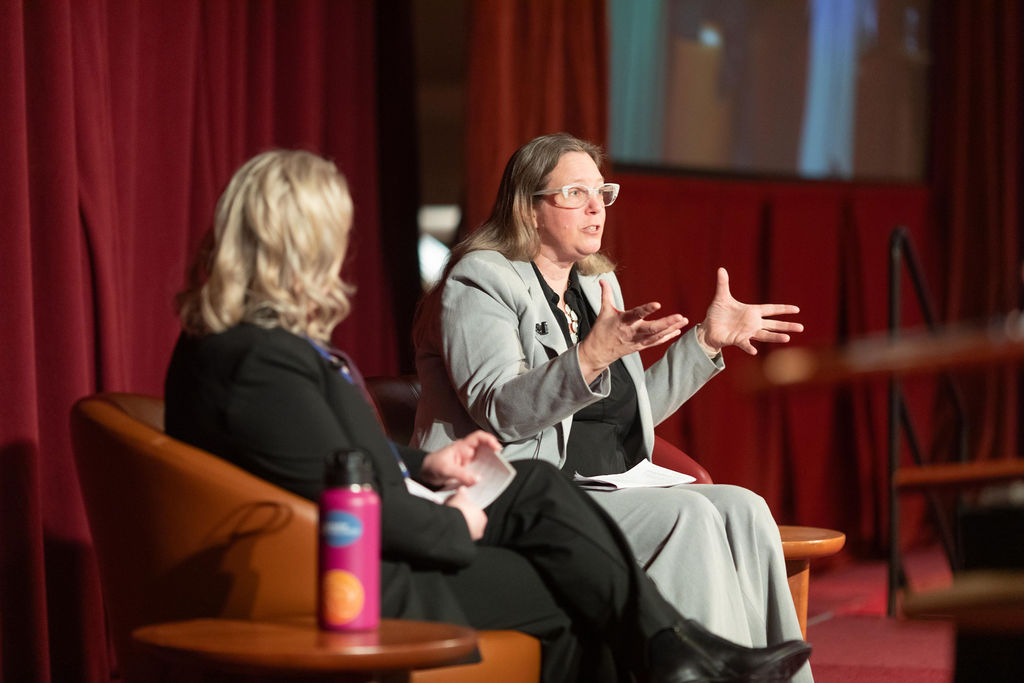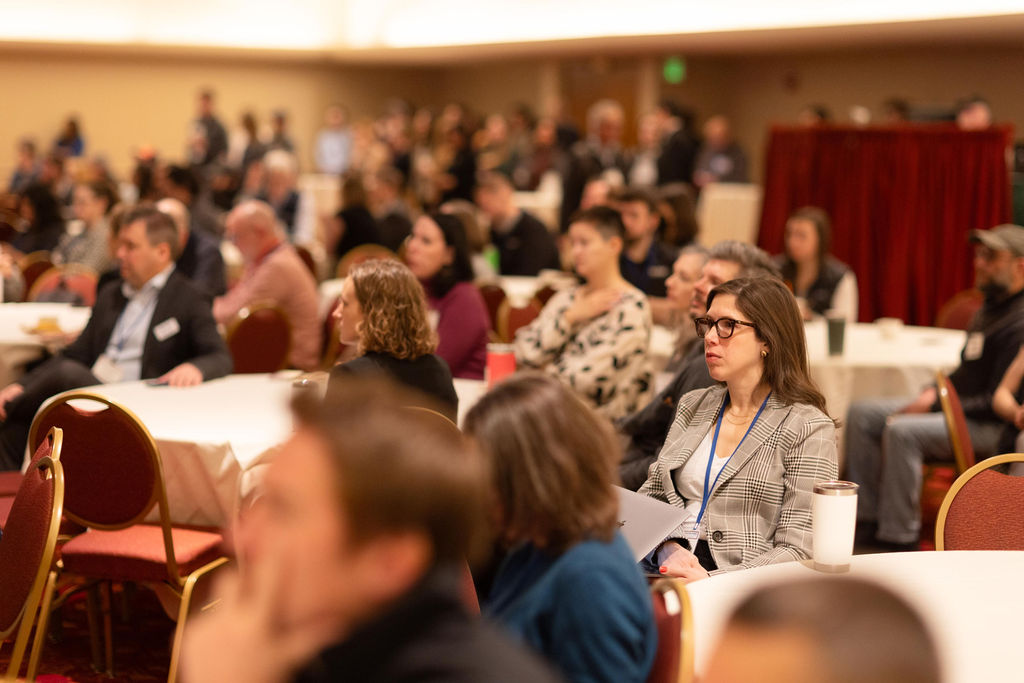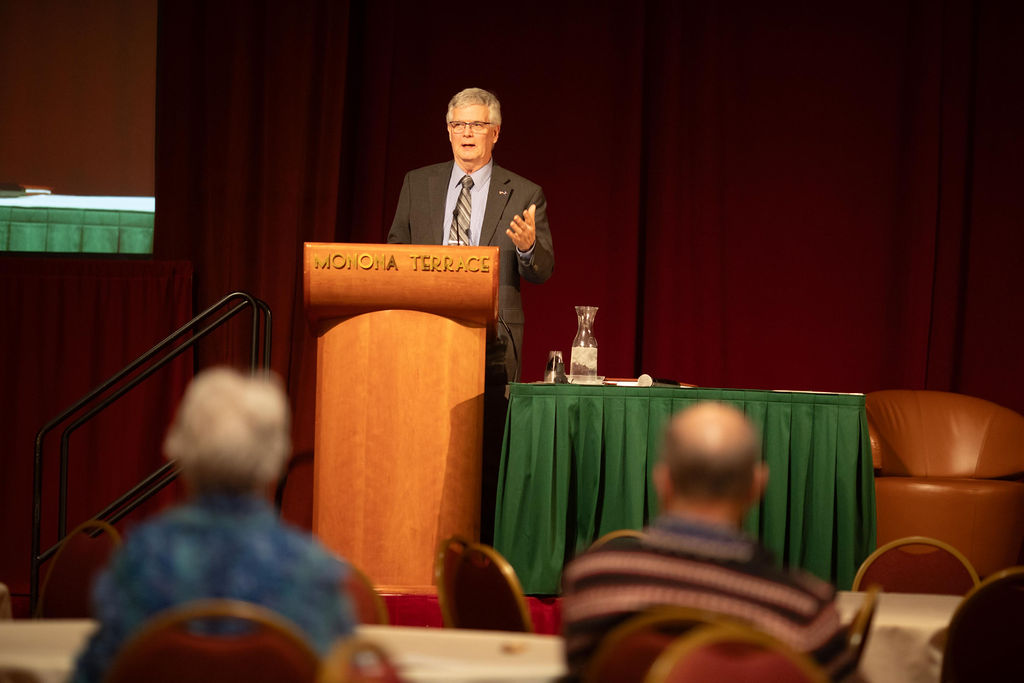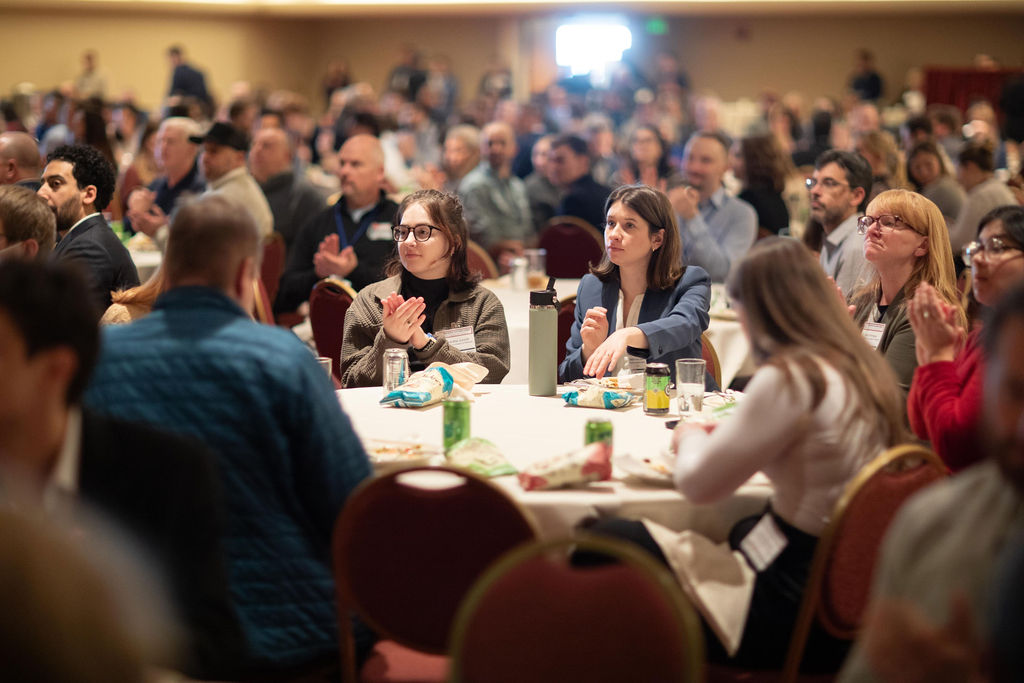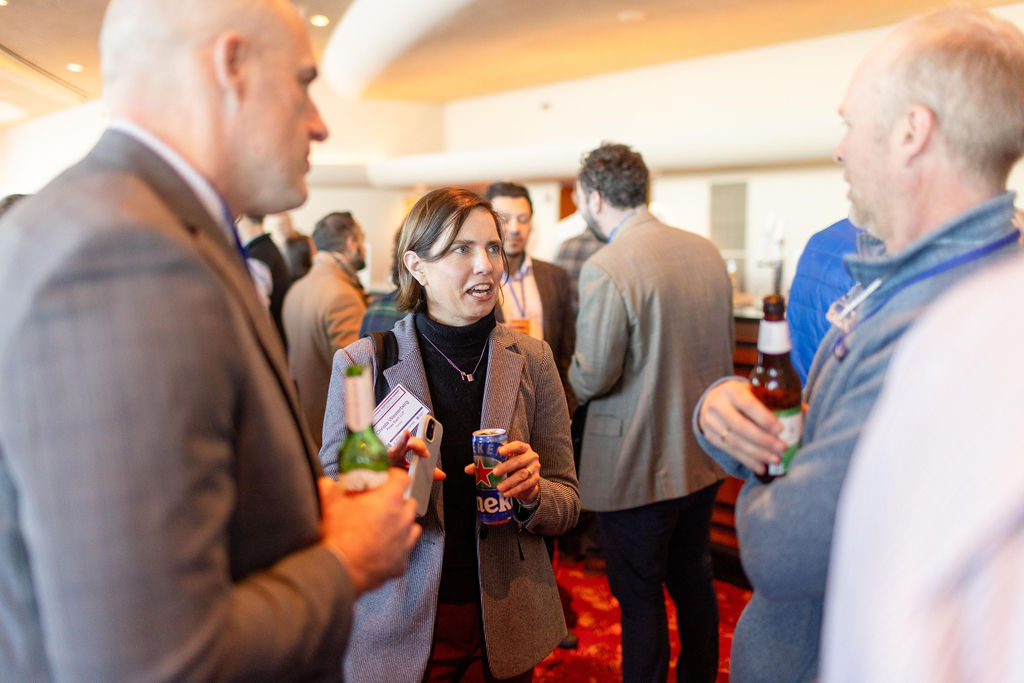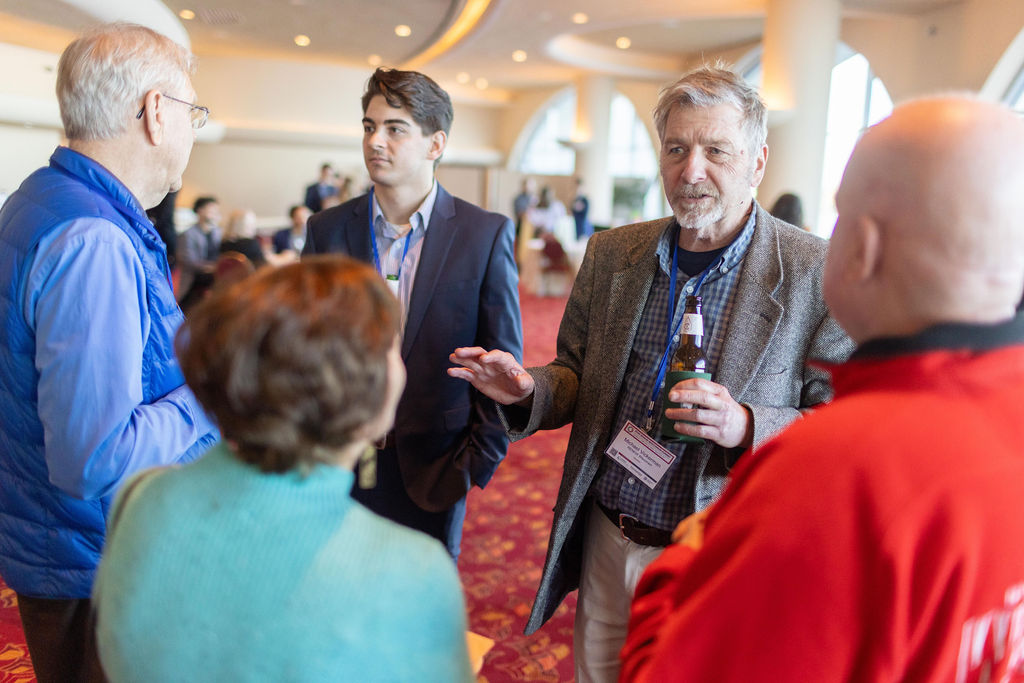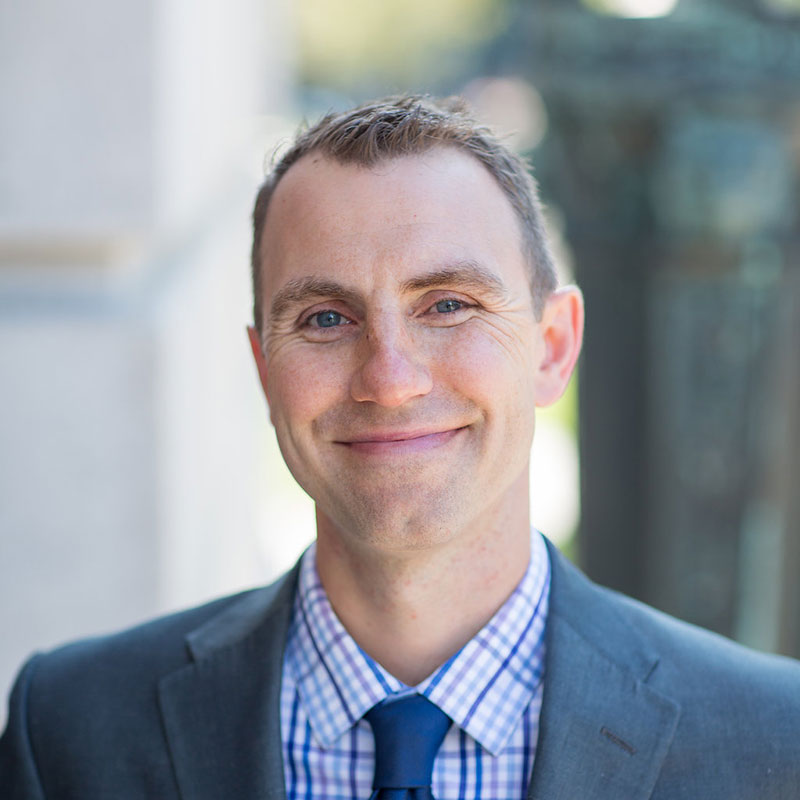Clean Energy Legislative Update • July 2025
One of the biggest happenings in the state legislature in the first half of this year is the passing of the biennial state budget. The original document, 2025 Senate Bill 45, became Wisconsin Act 15. What started at 1,916 pages was whittled down to a mere 195. Below are a few items that might be of interest to the renewable energy industry.
Nuclear Power Siting Study
The Department of Administration has allocated $500,000 from general-purpose revenue for a nuclear power siting study. This stems from a broader initiative by the legislature to evaluate the feasibility of new nuclear development and potential sites in Wisconsin. Originally, a stand-alone bill, the provision was added to the budget.
Battery Storage
Under general obligations, bonding authority was modified to include battery storage. This effort signals support for the installation and development of battery energy storage systems to enhance grid reliability, integrate renewable energy systems, and improve energy efficiency.
Electricity Sales Tax Exemption
Under prior law, Wisconsin residents did not have to pay the sales tax on electricity and natural gas during the winter months, from November to April, to ease the cost of energy. The budget bill changes this exemption to apply to all months and reduce electric bills for residential customers during the summer air-conditioning season as well. For solar installations, this change could simplify the calculation of savings and costs, as the tax would not be collected at all, rather than having different applicability during certain months.
Electric Vehicle Sales Tax
Directs the transfer of anticipated sales tax collection to the general fund. appropriation of about $28 million per year.
Intervenor Financing
The appropriation of financing for intervenors allows the continuation of third-party participation in Public Service Commission (PSC) proceedings, like utility rate cases. The legislator settled on an appropriation of $542,500 annually. The PSC compensation program provides financial assistance to organizations and individuals who choose to intervene on behalf of an affected group in proceedings before the commission. The Governor’s initial budget request aimed to increase this amount.
Energy Efficiency & Focus on Energy
This provides general support for initiatives to improve energy efficiency in state facilities. Allocates $536,300 annually for energy efficiency and renewable resource programs under the PSC.
Office of Clean Energy and Sustainability
There were cuts to the positions in certain offices, including the OSCE. This was not specifically in the passed budget bill, as it occurred in an omnibus motion during the committee process.
Integrated Resource Planning
The Governor’s original budget proposal included a provision to adopt IRP for state energy planning. This was removed during the initial sweep of non-fiscal items and policy-focused initiatives to fulfil the obligation of keeping primarily financial matters in the budget. IRP would help evaluate the ability of utilities to meet long-term electricity demand and include plans to integrate clean energy sources into their supply portfolios.
The post Clean Energy Legislative Update • July 2025 appeared first on RENEW Wisconsin.



